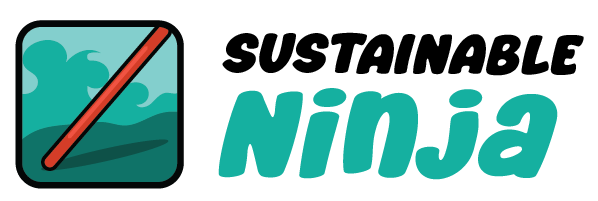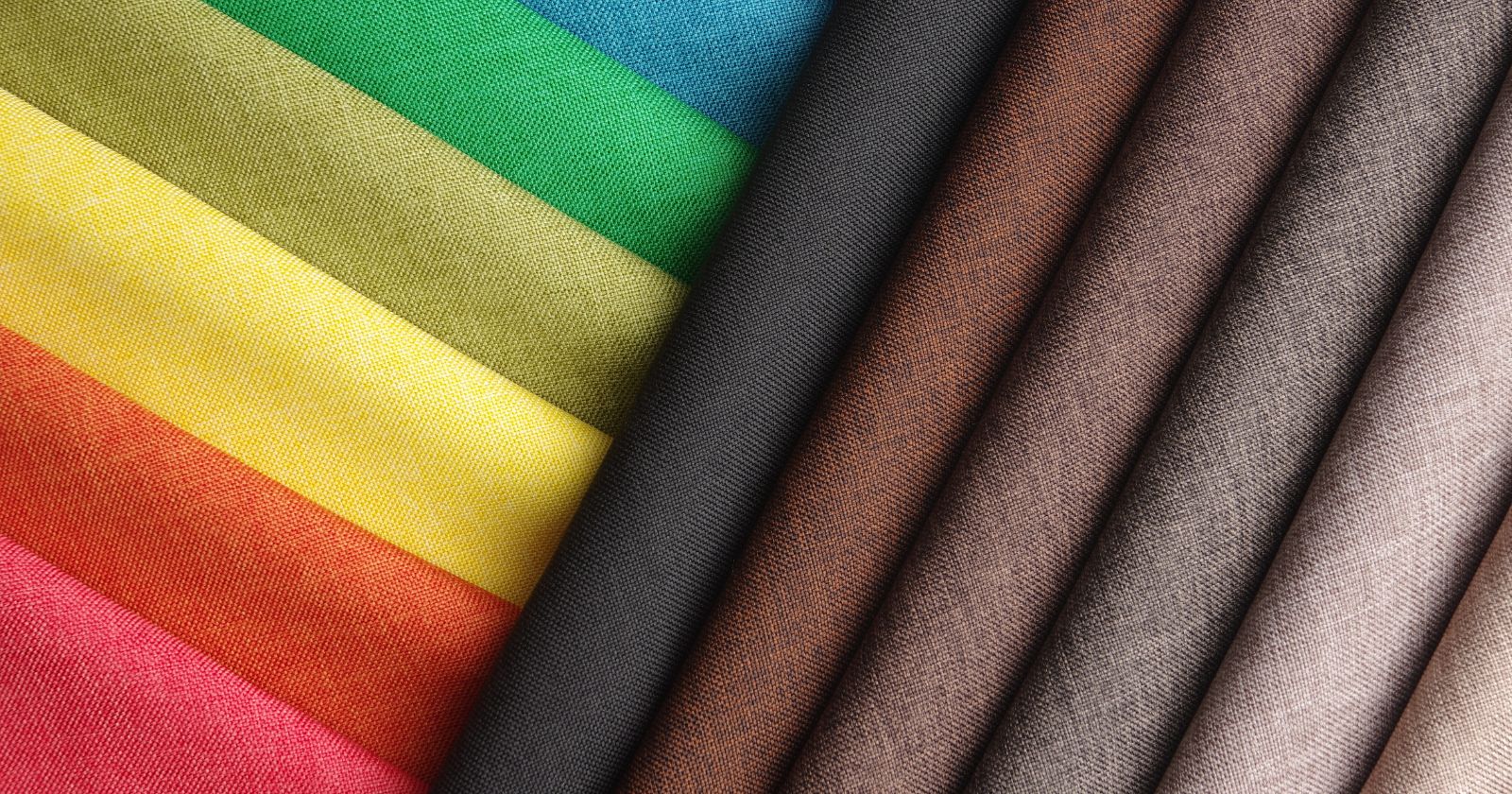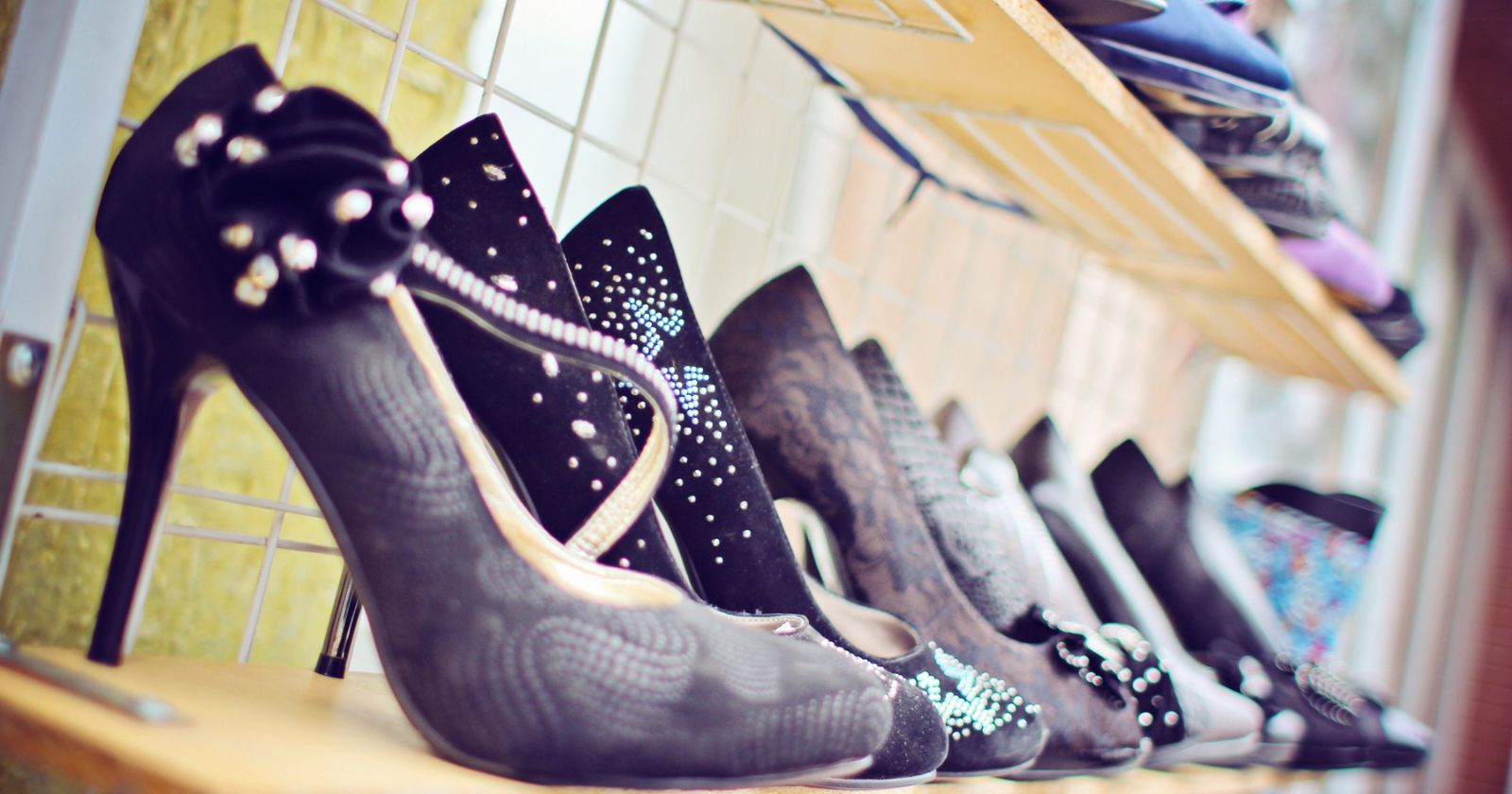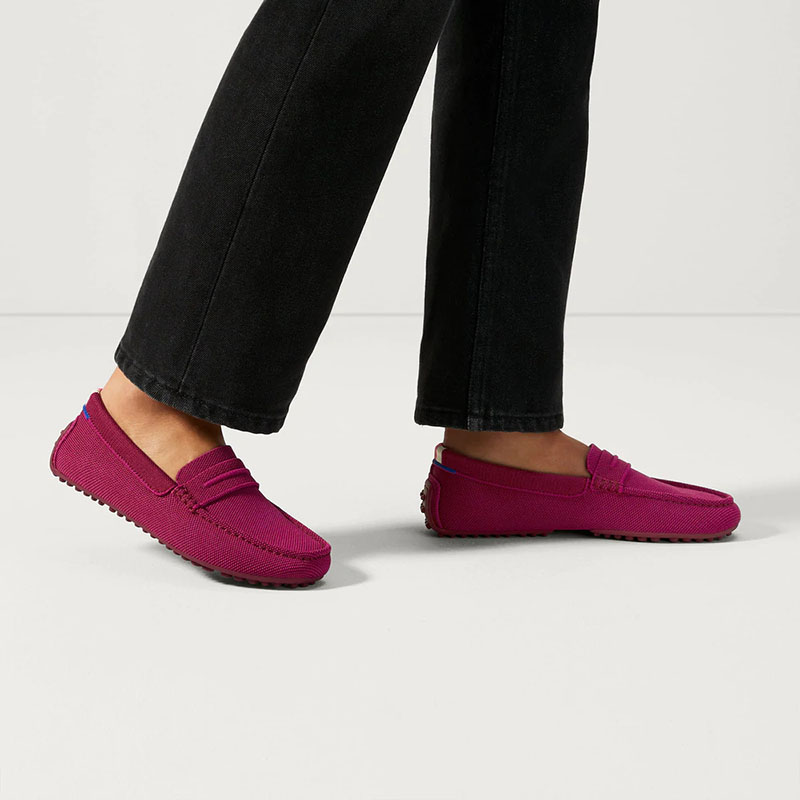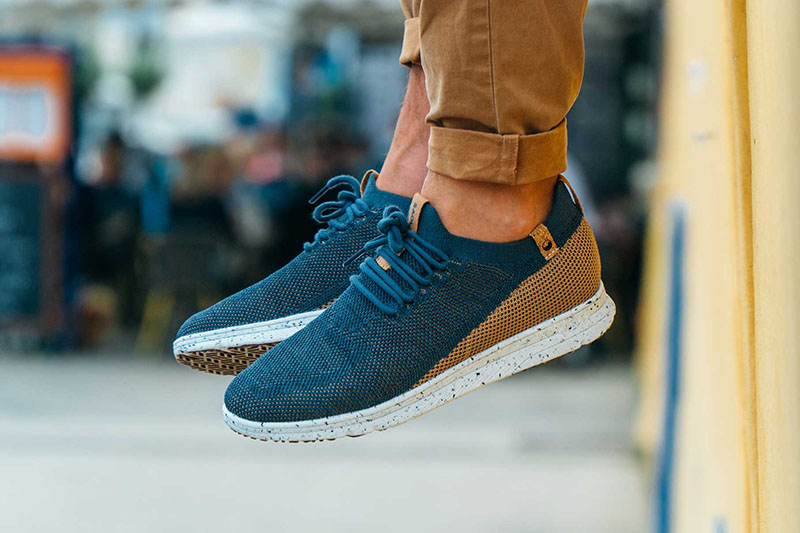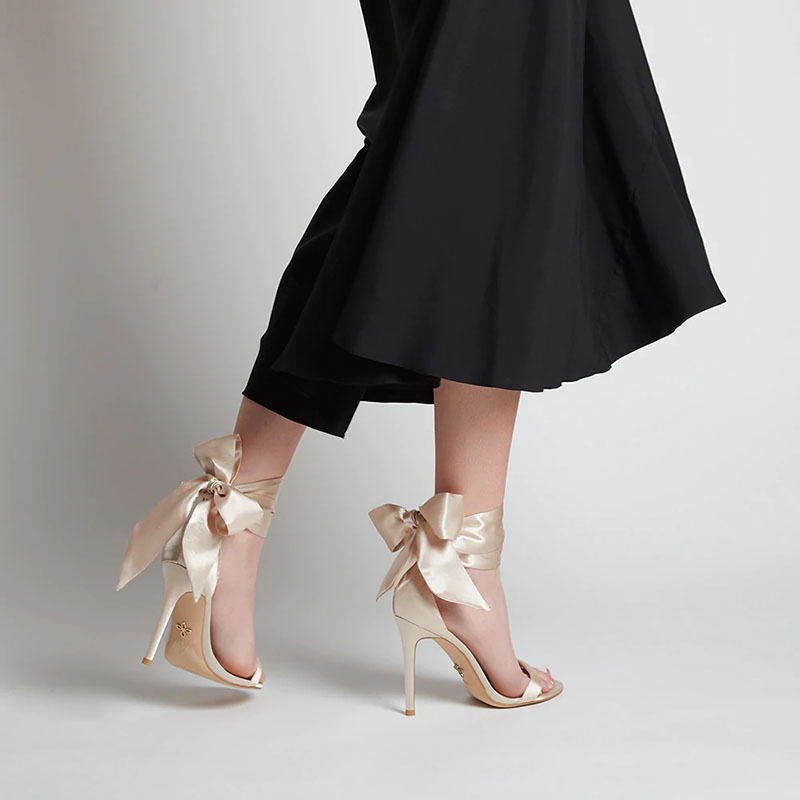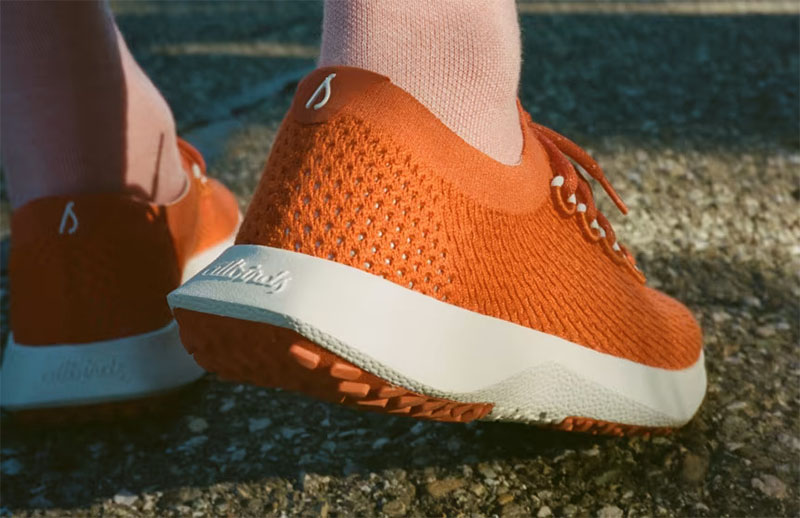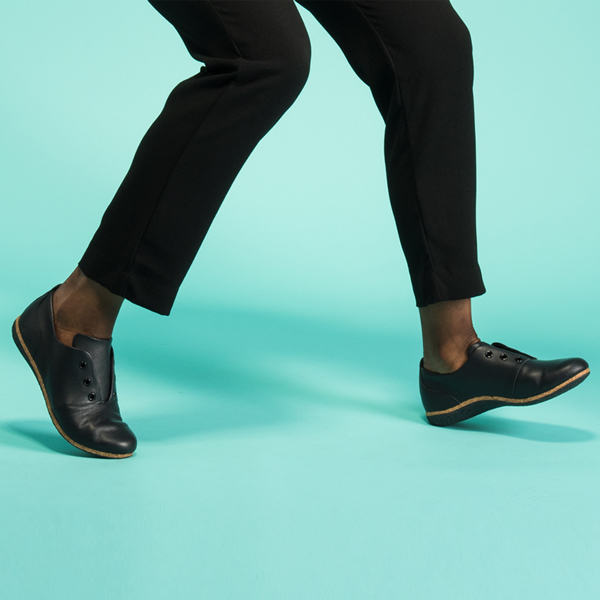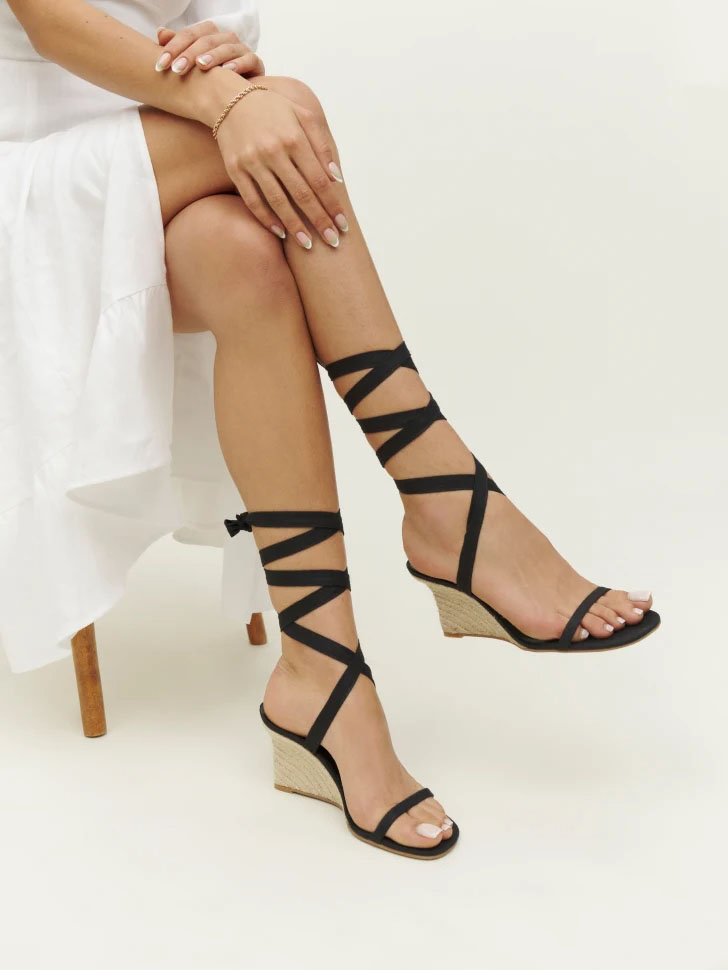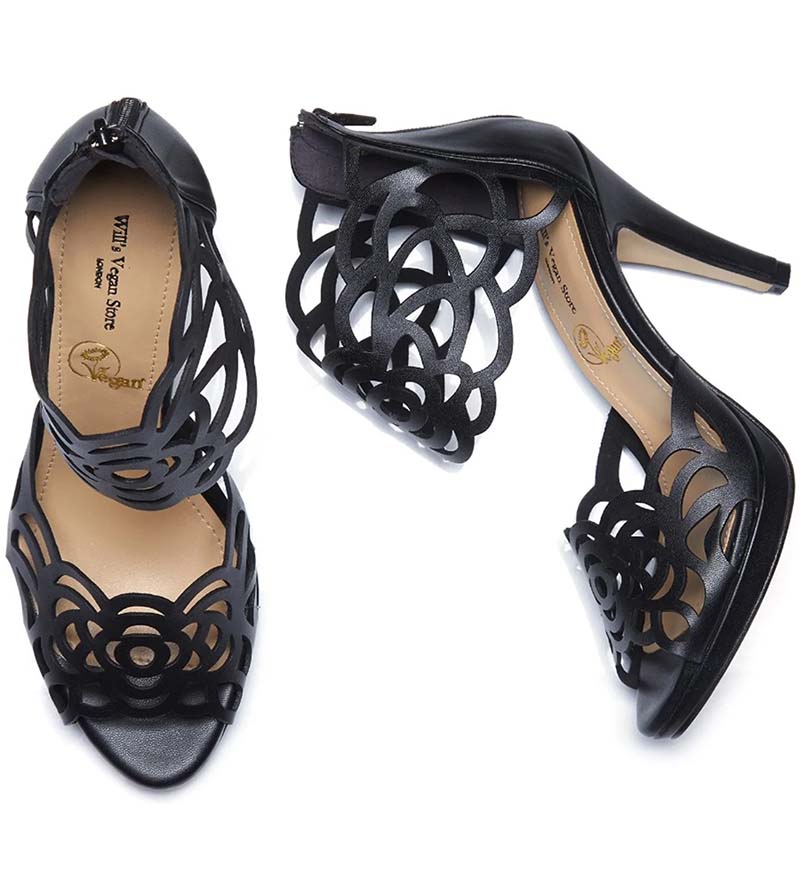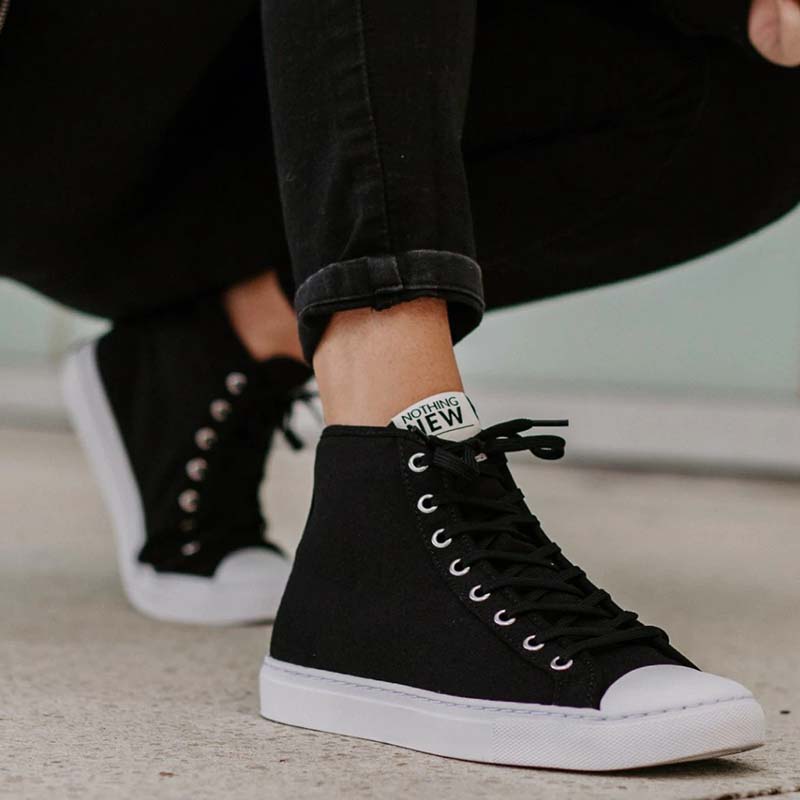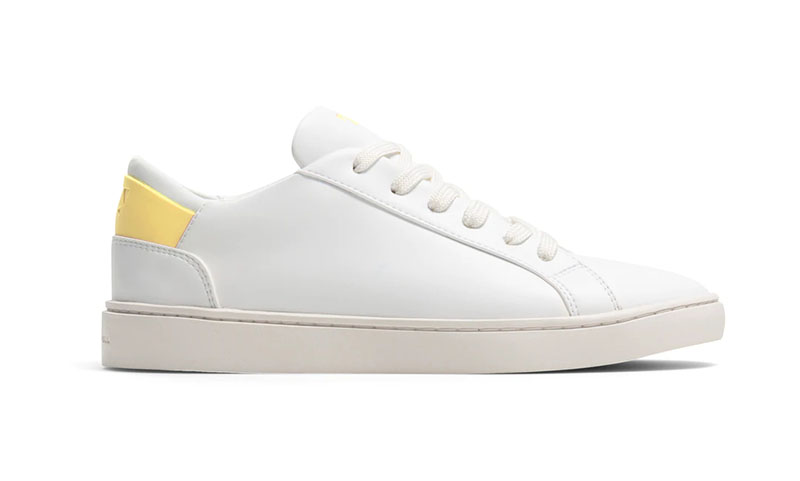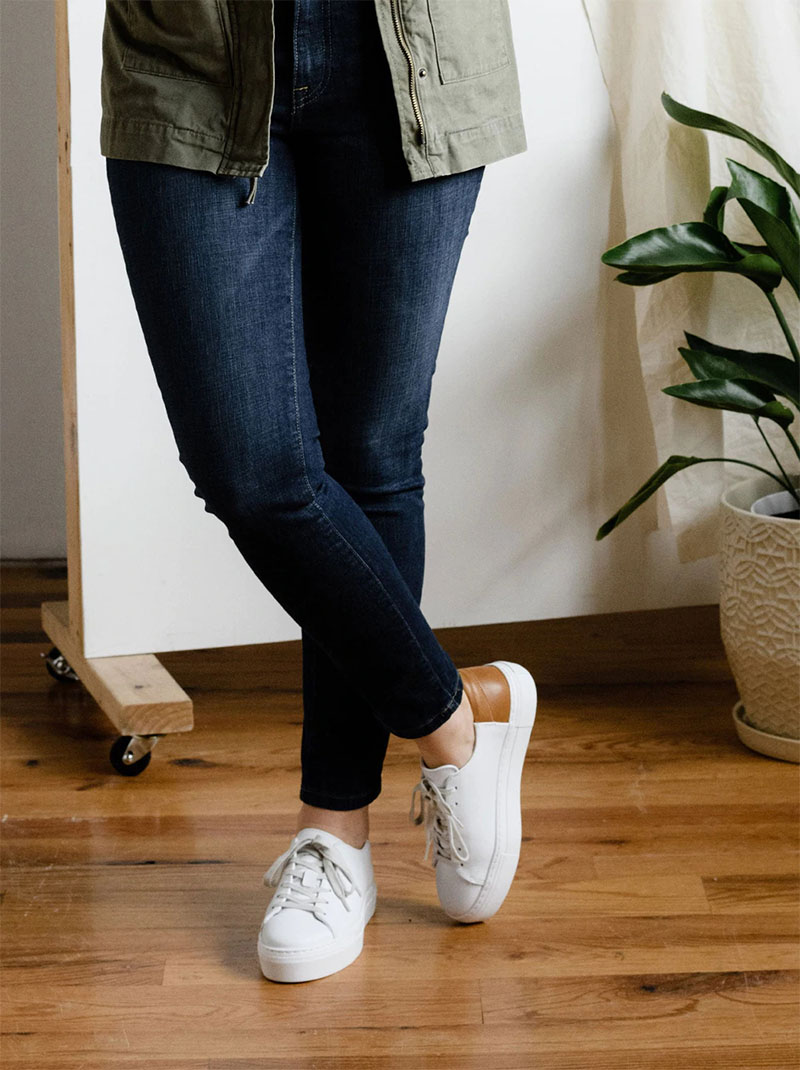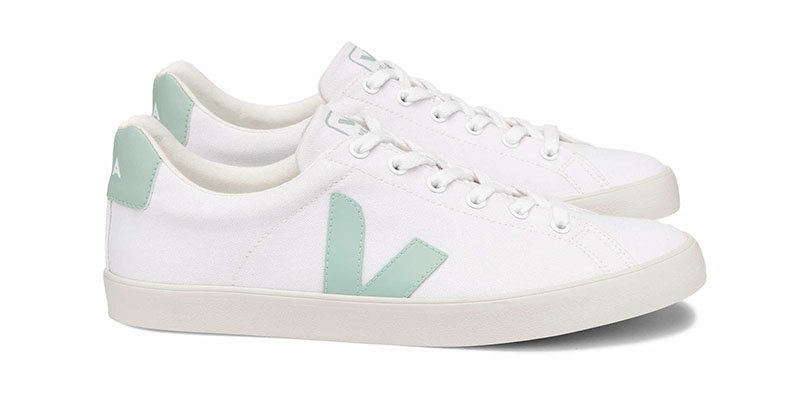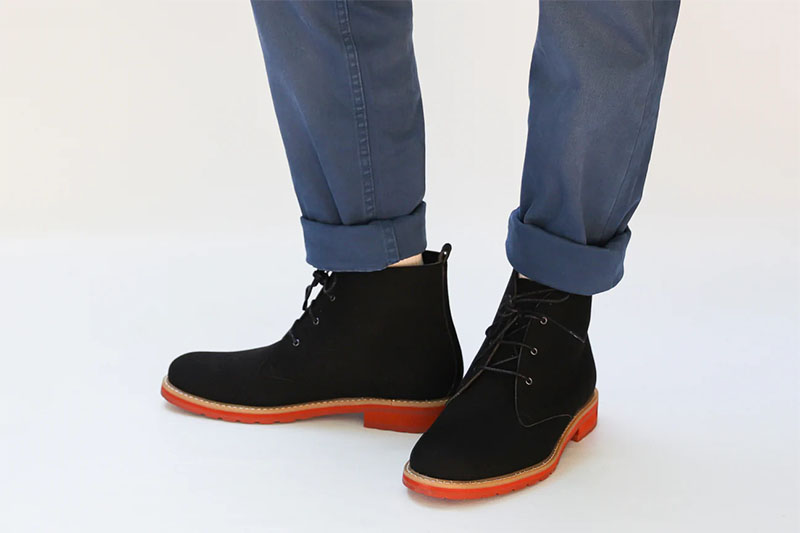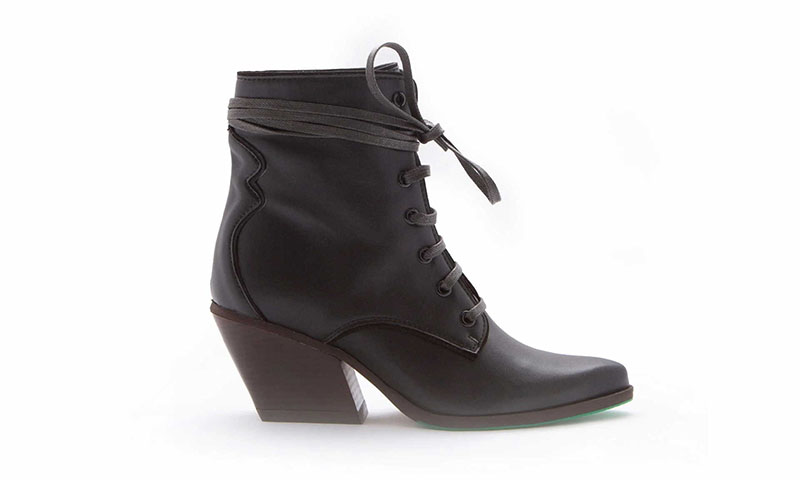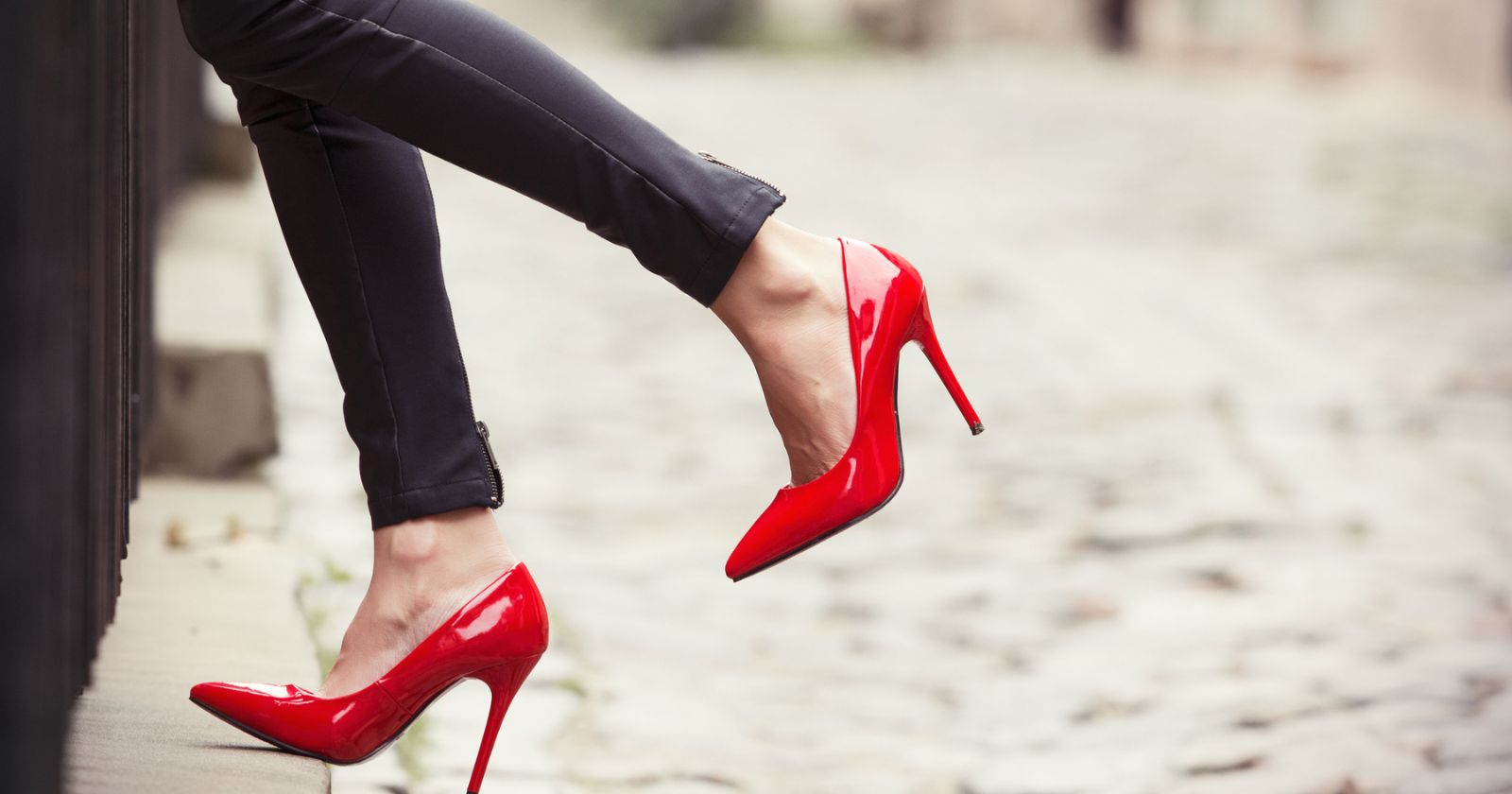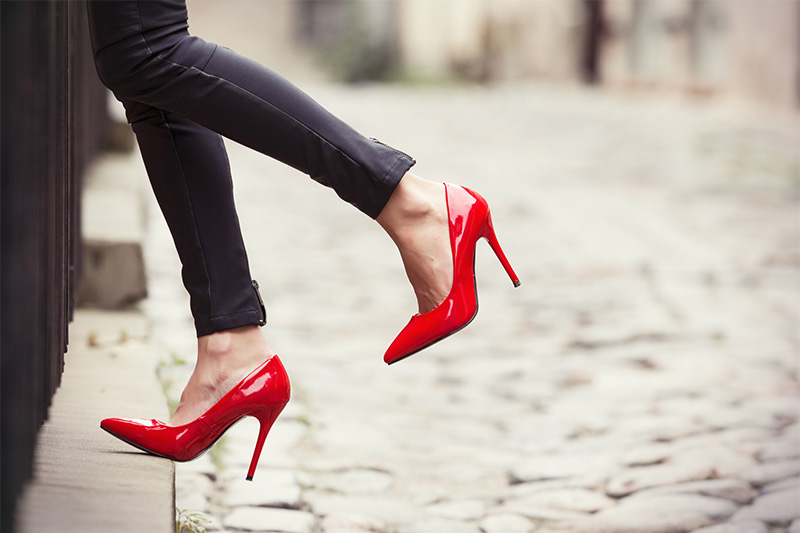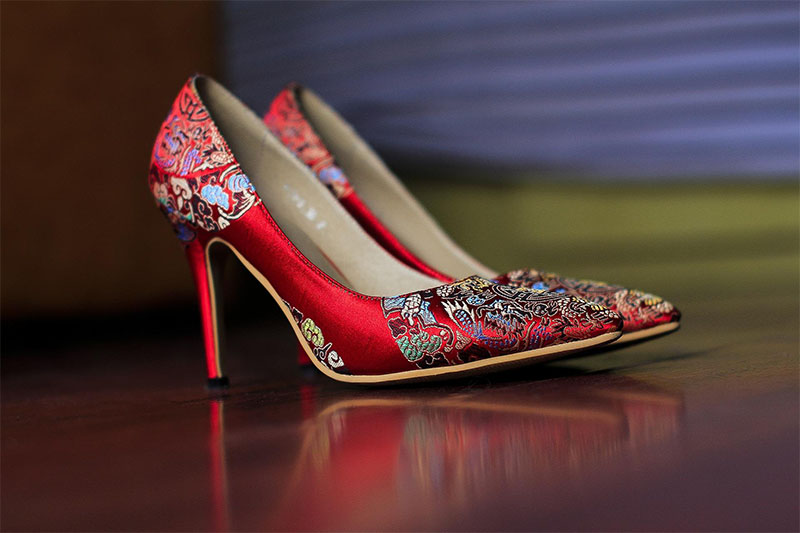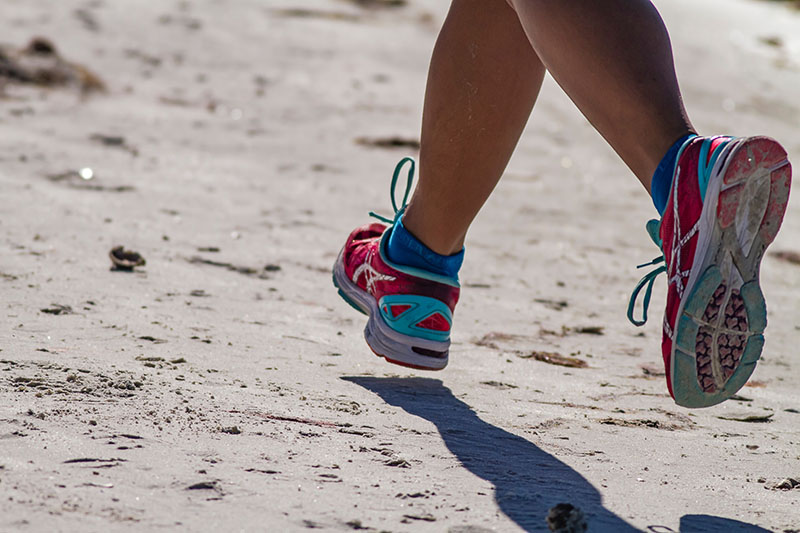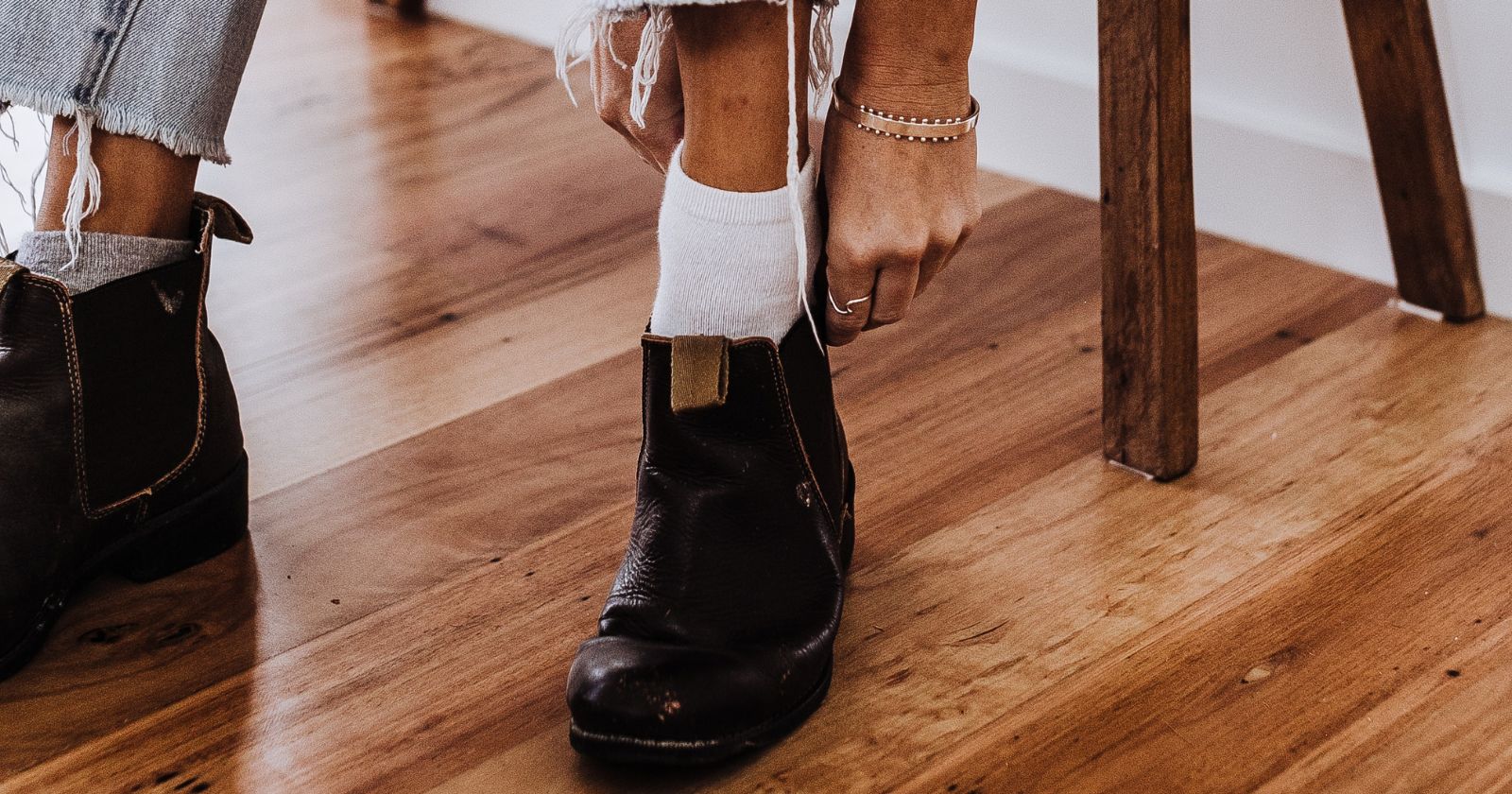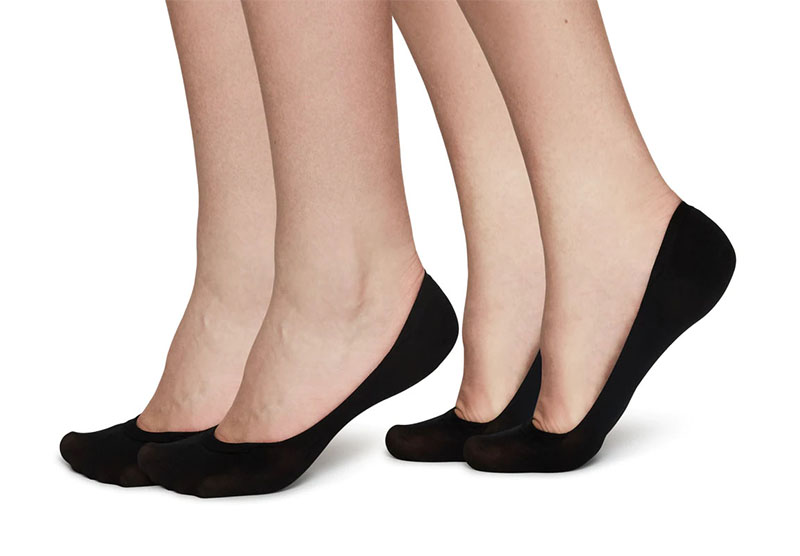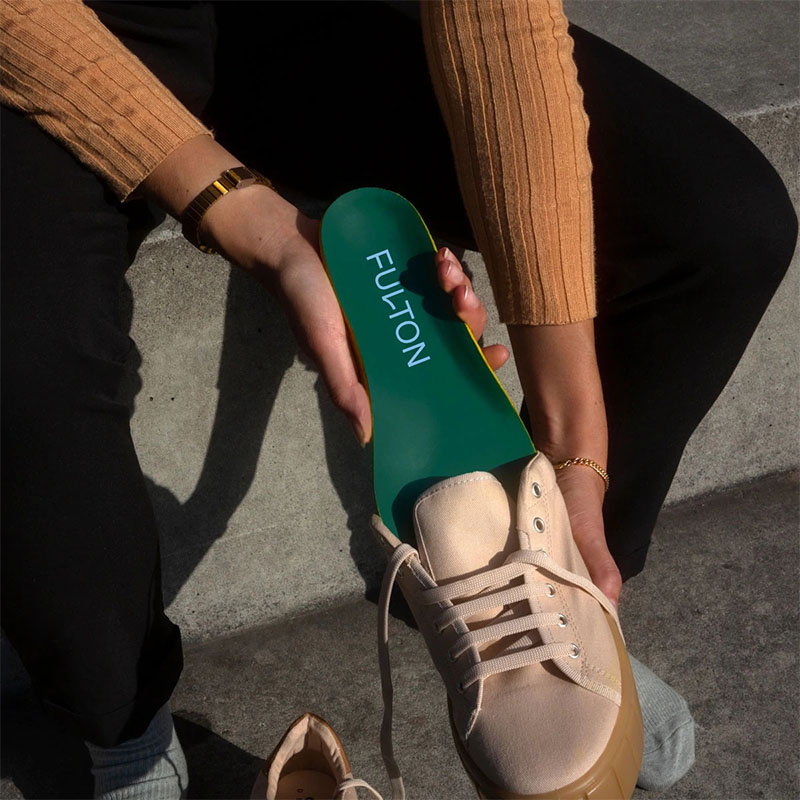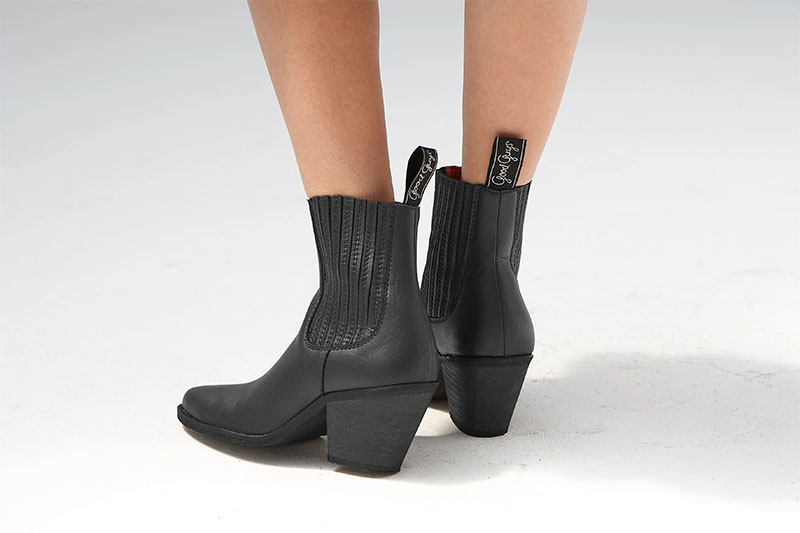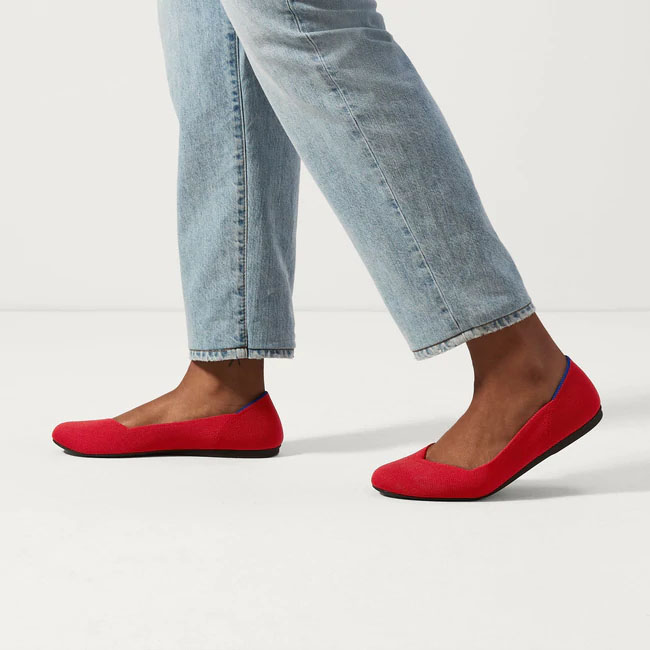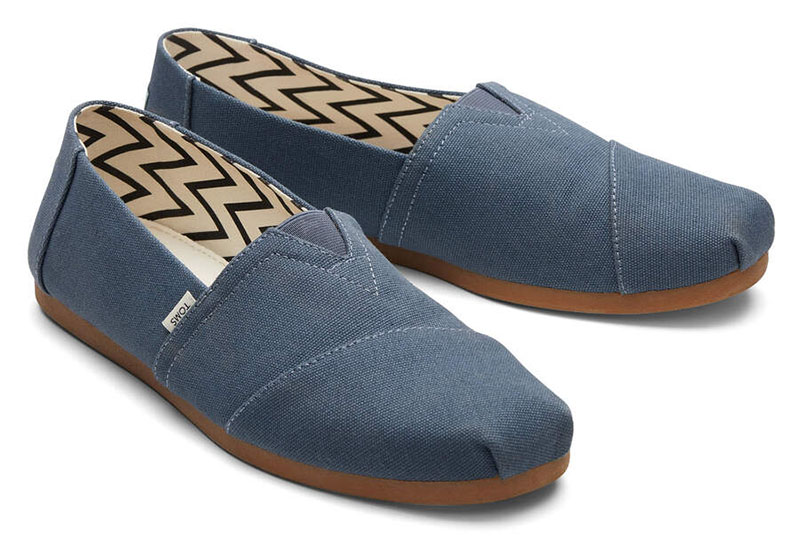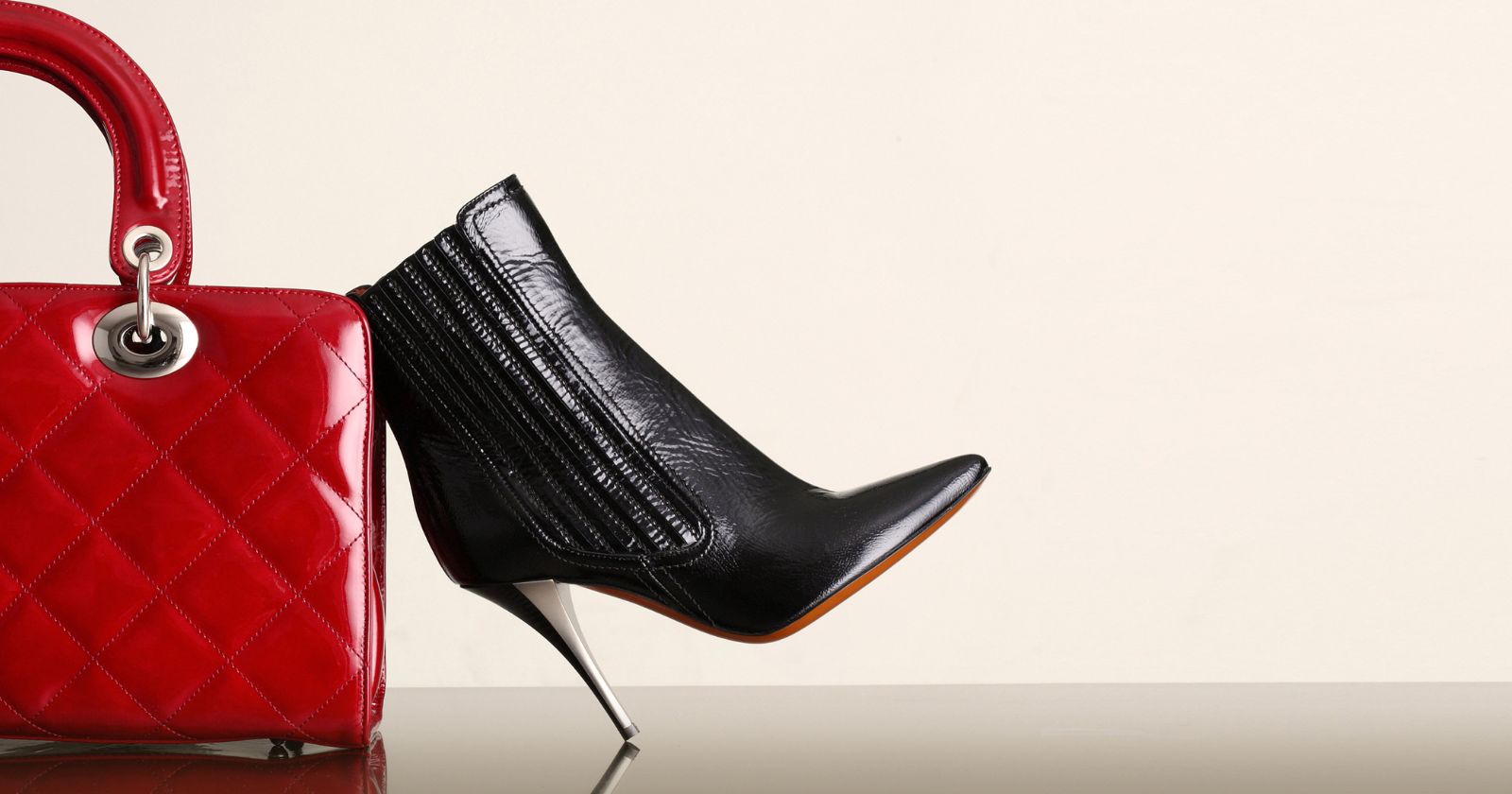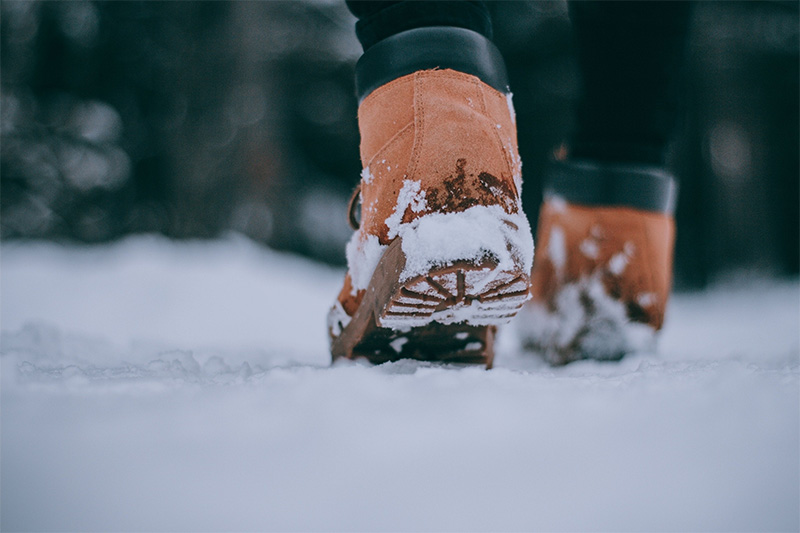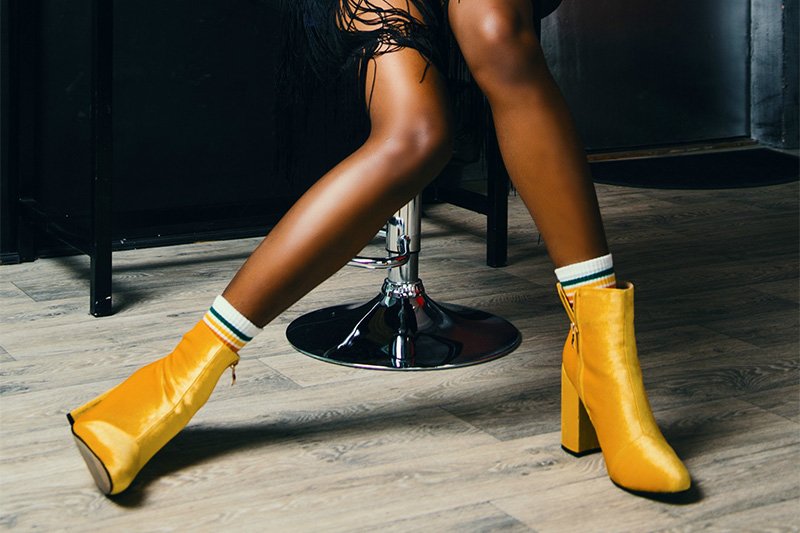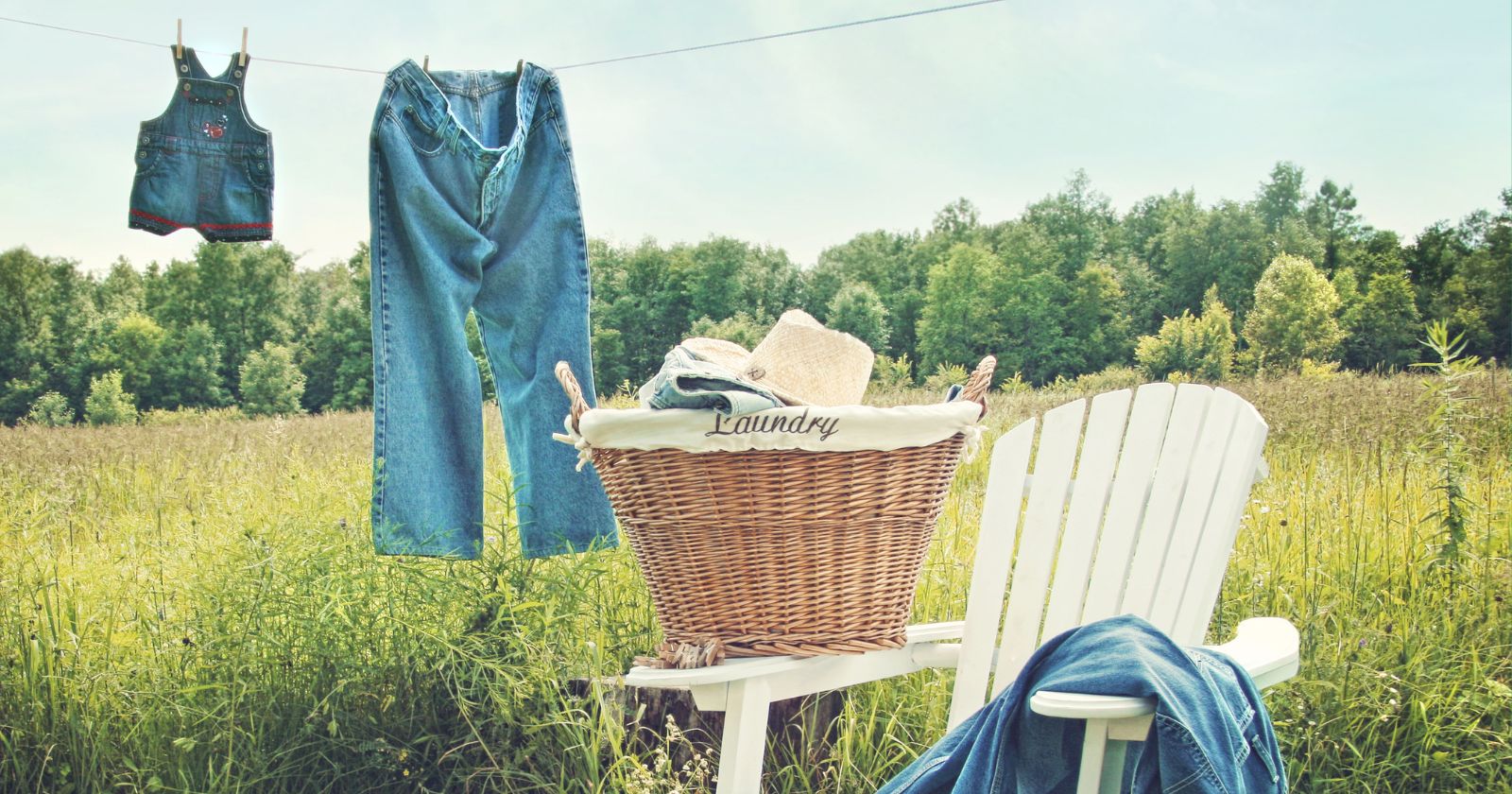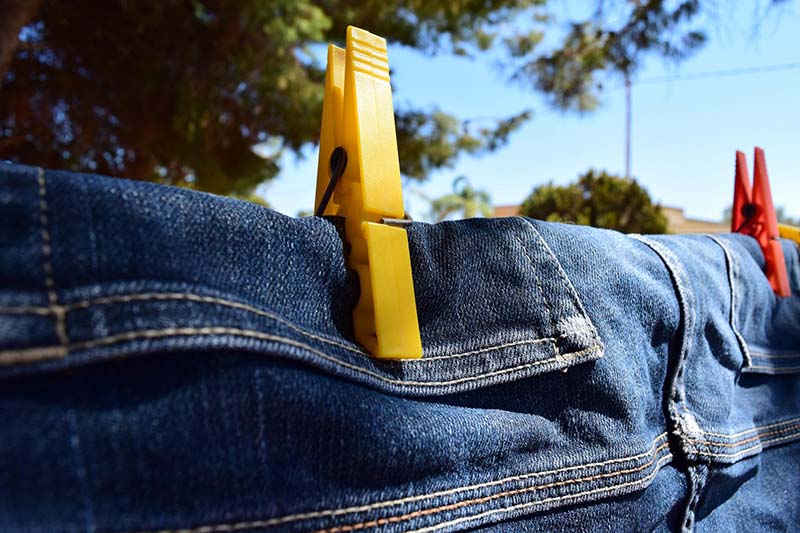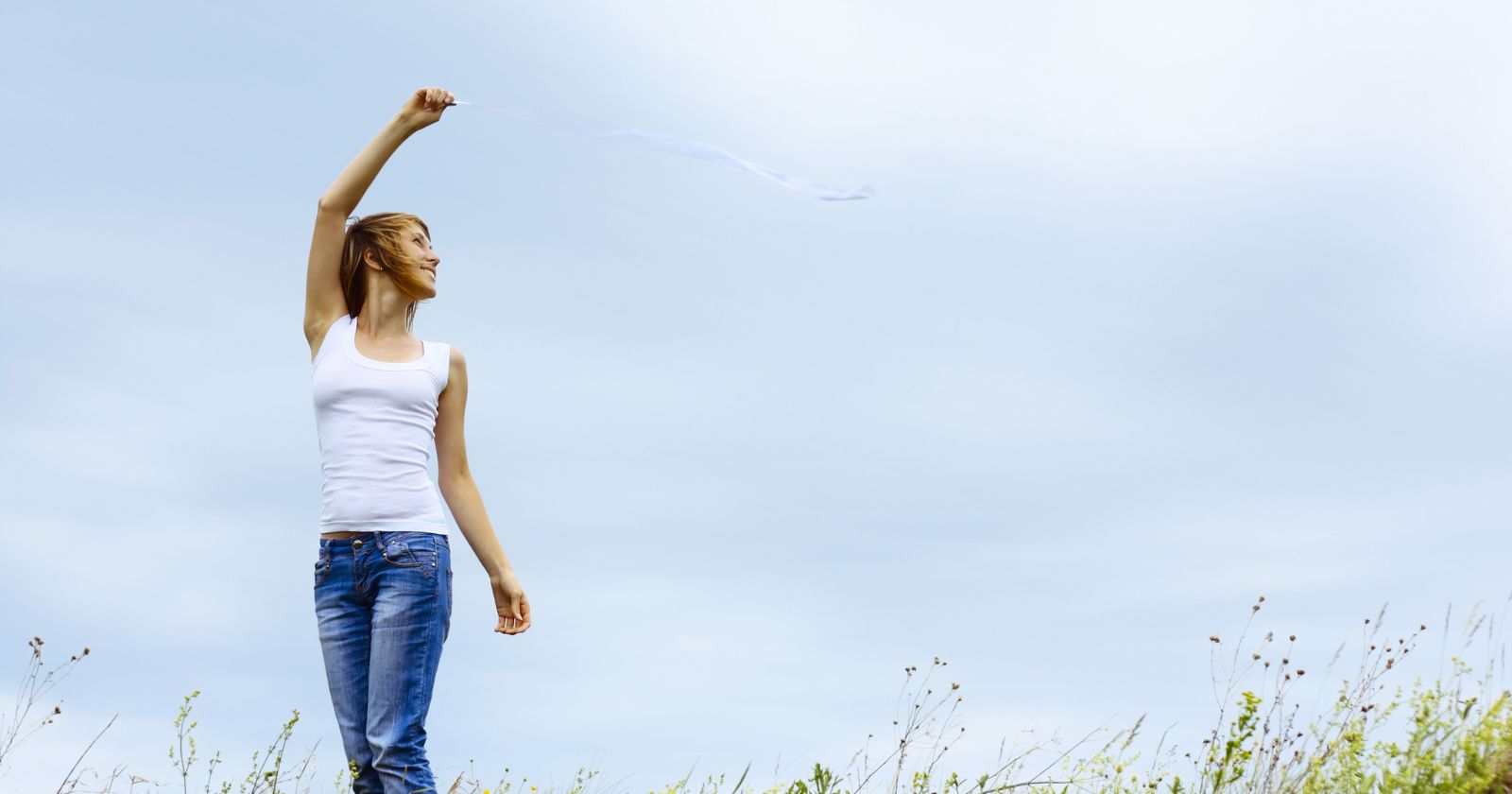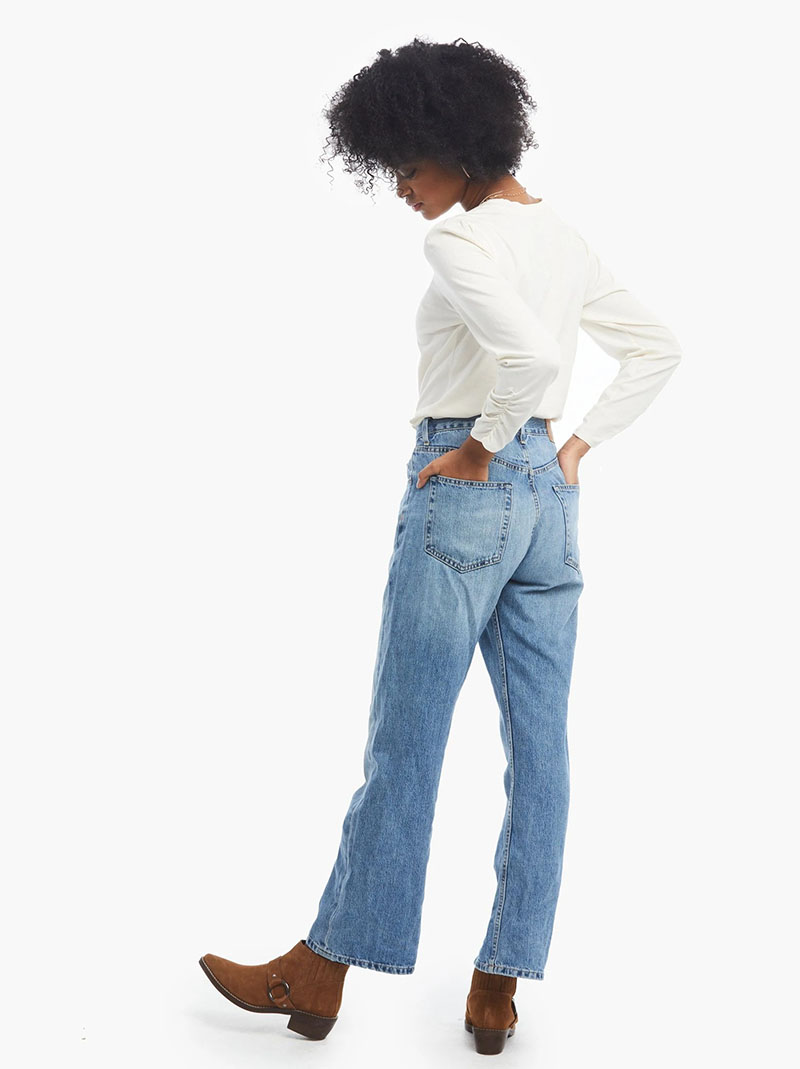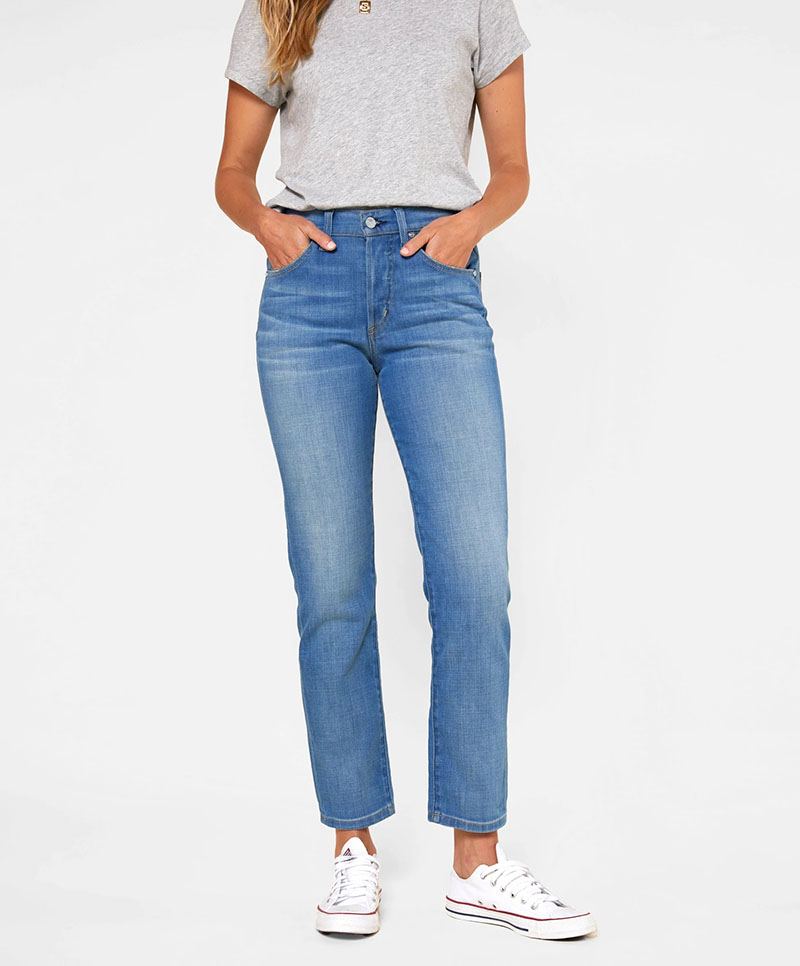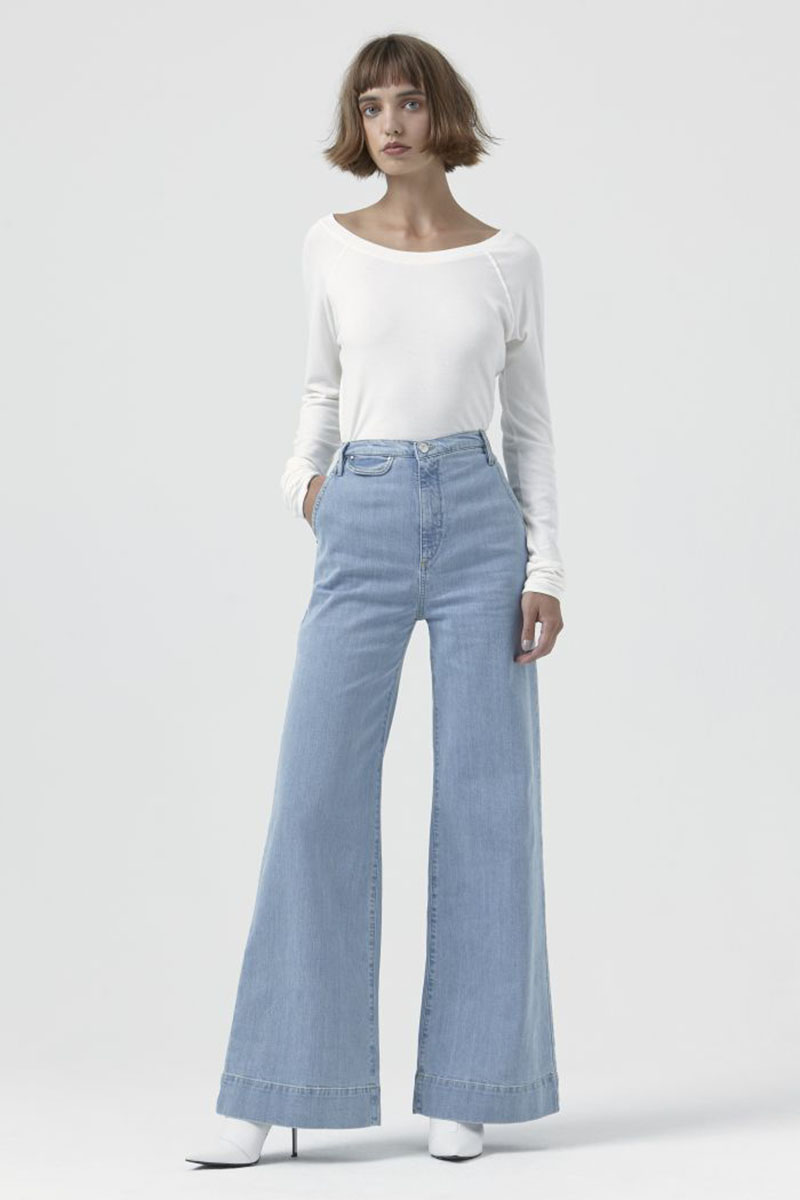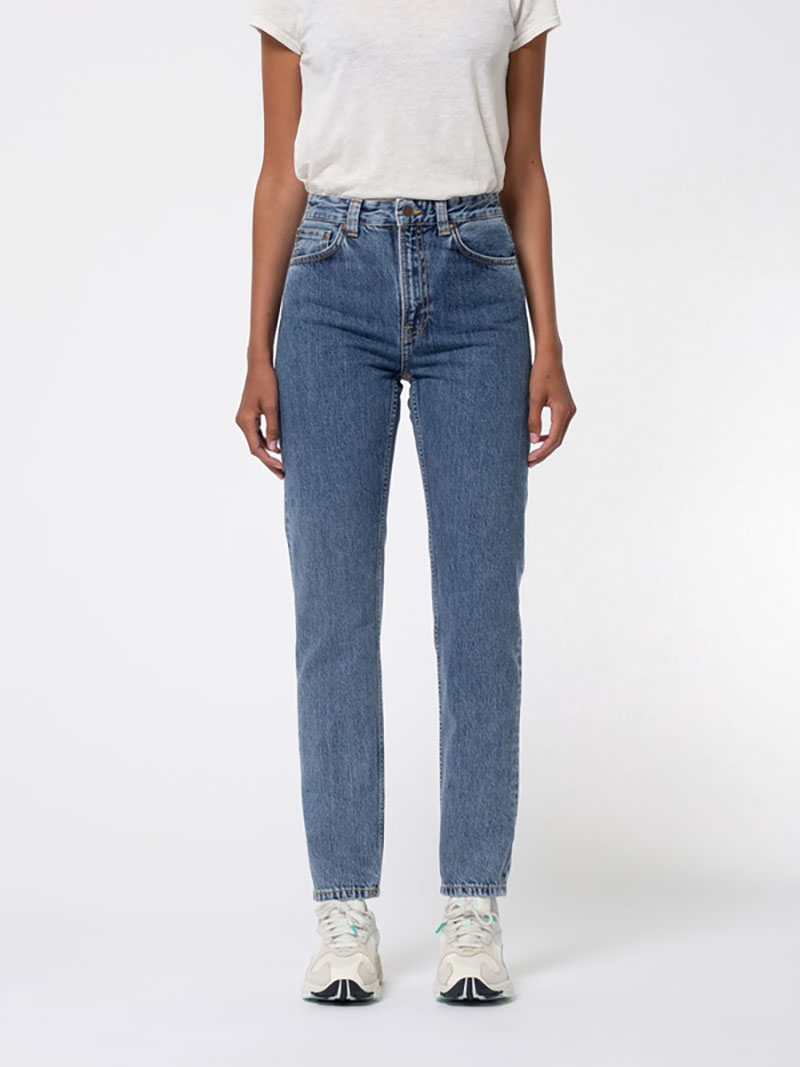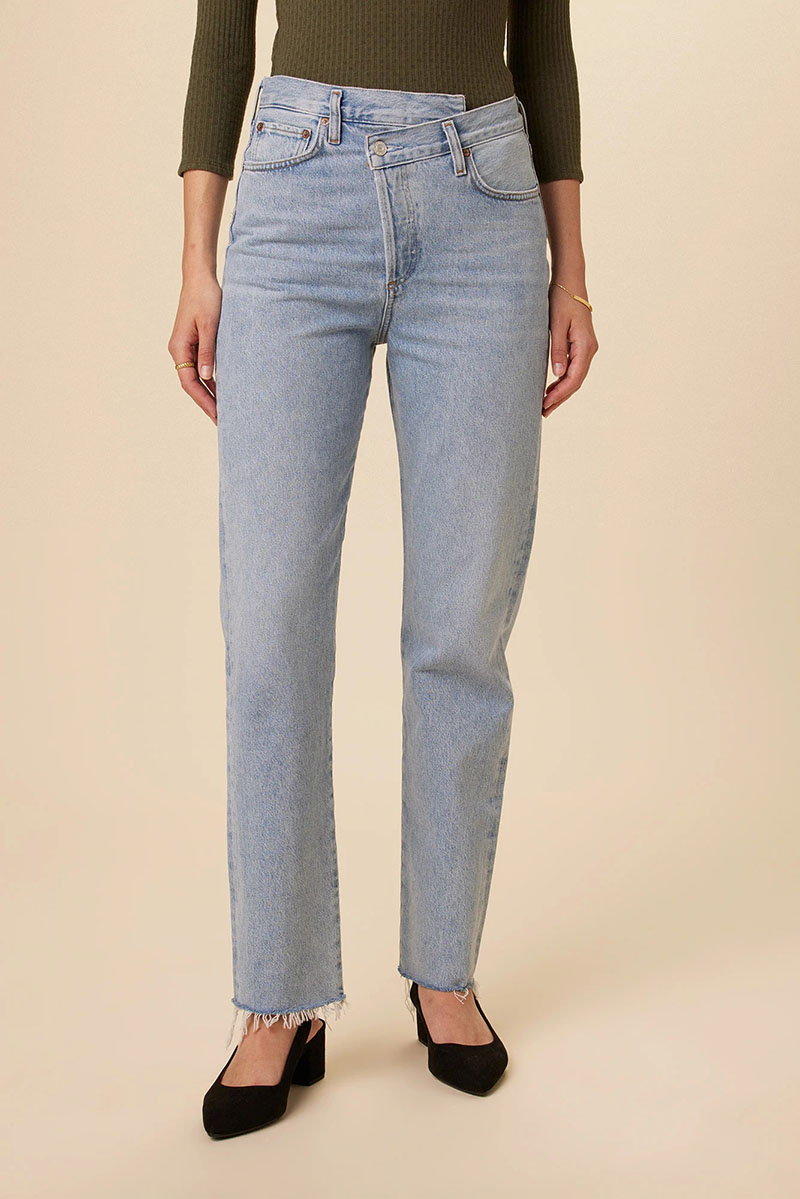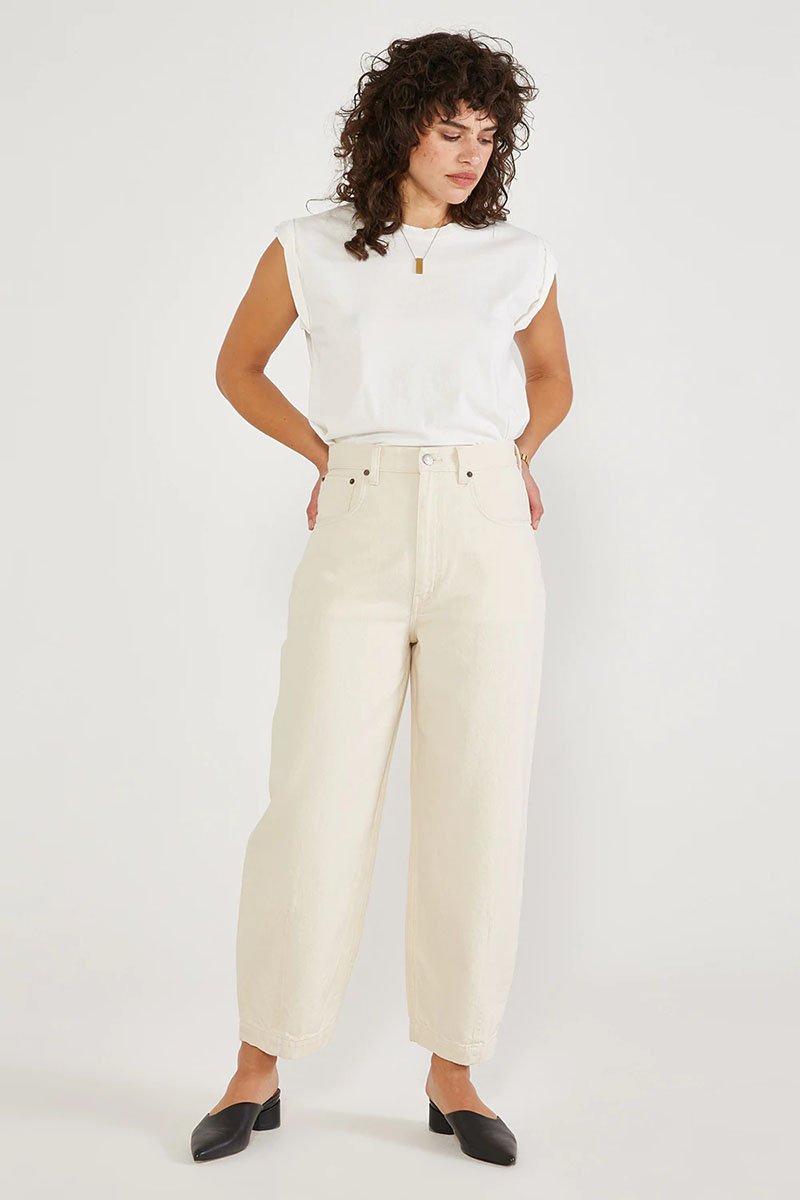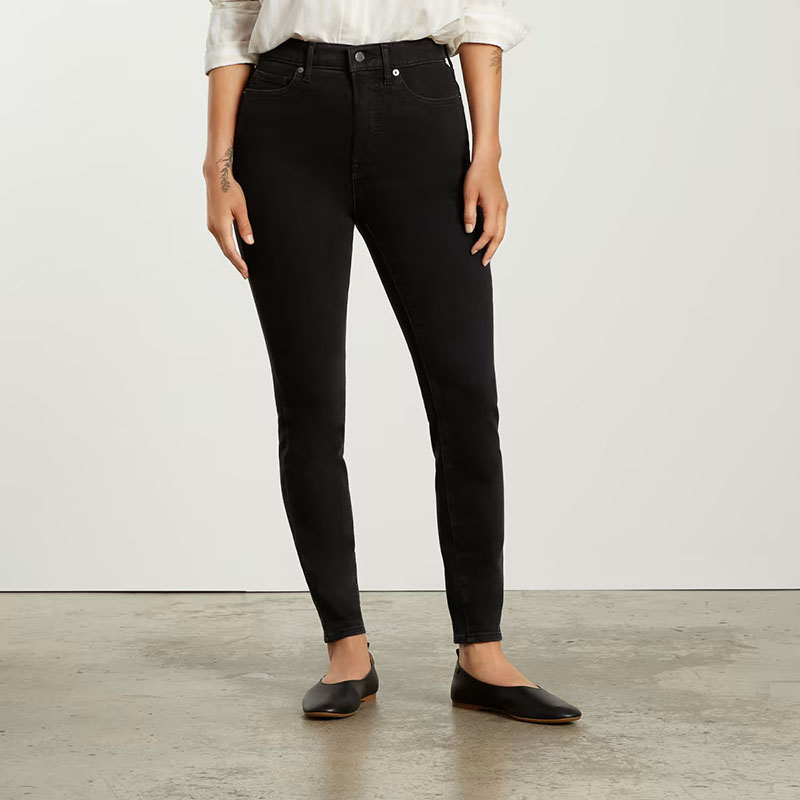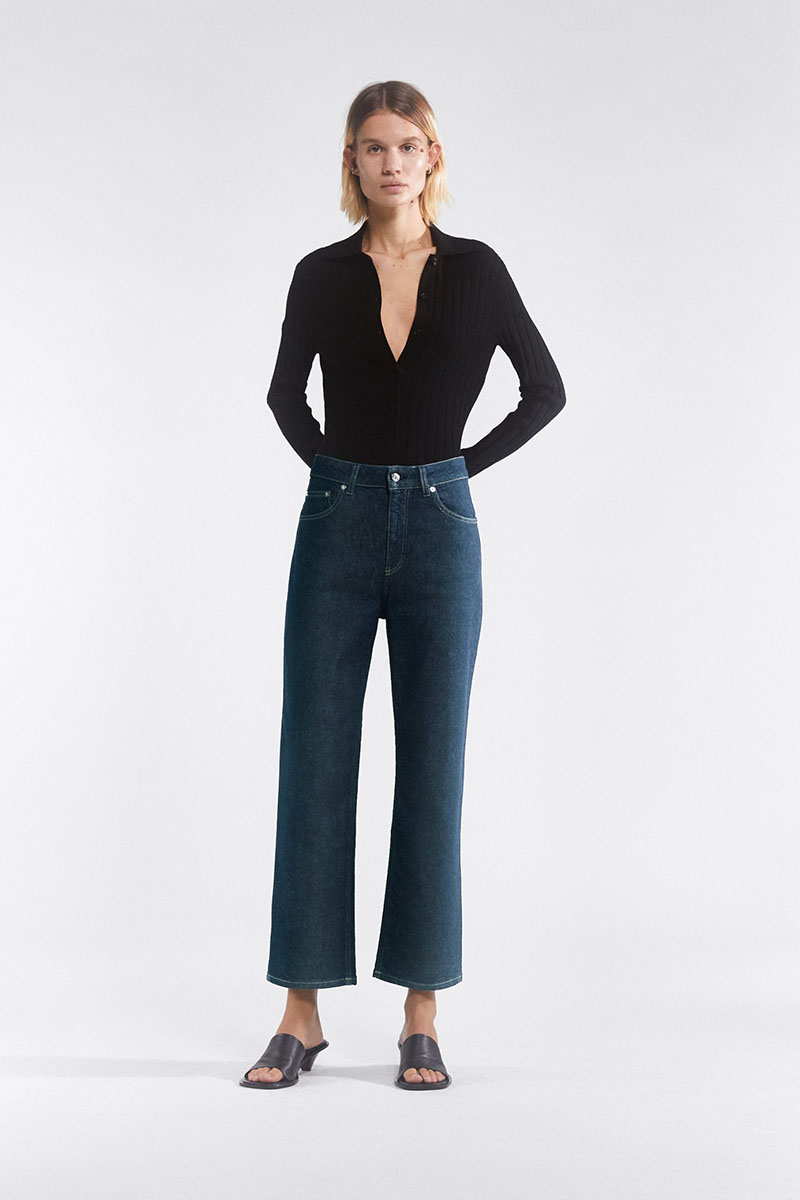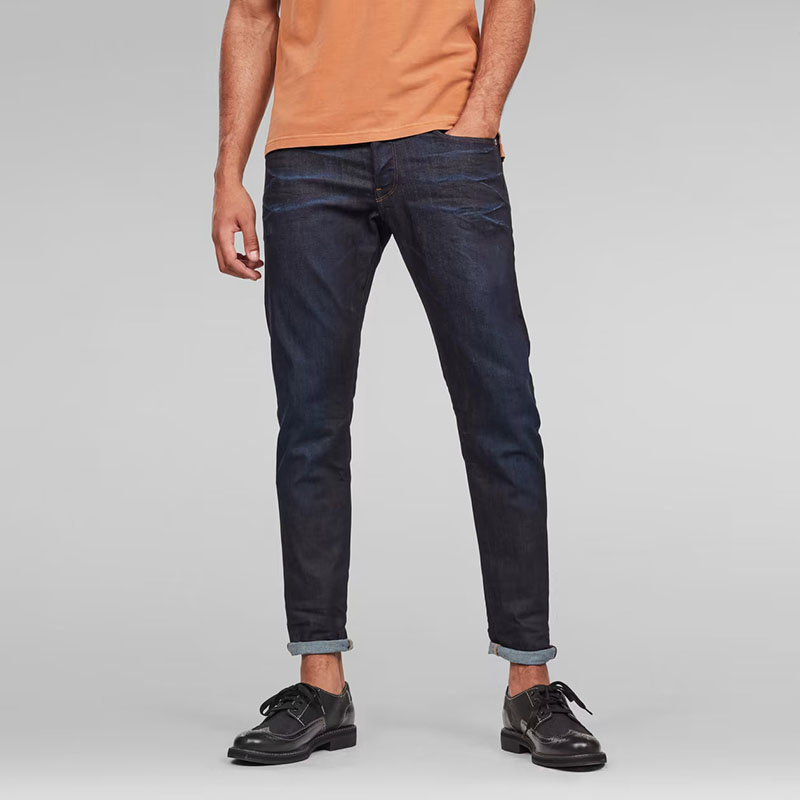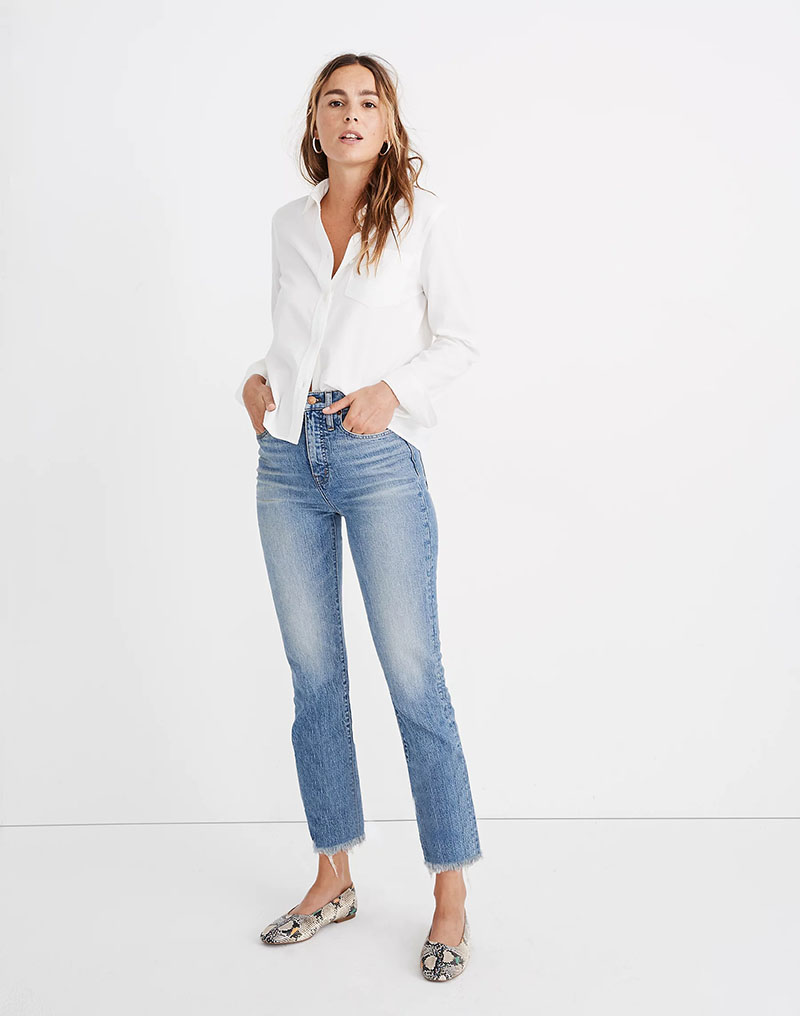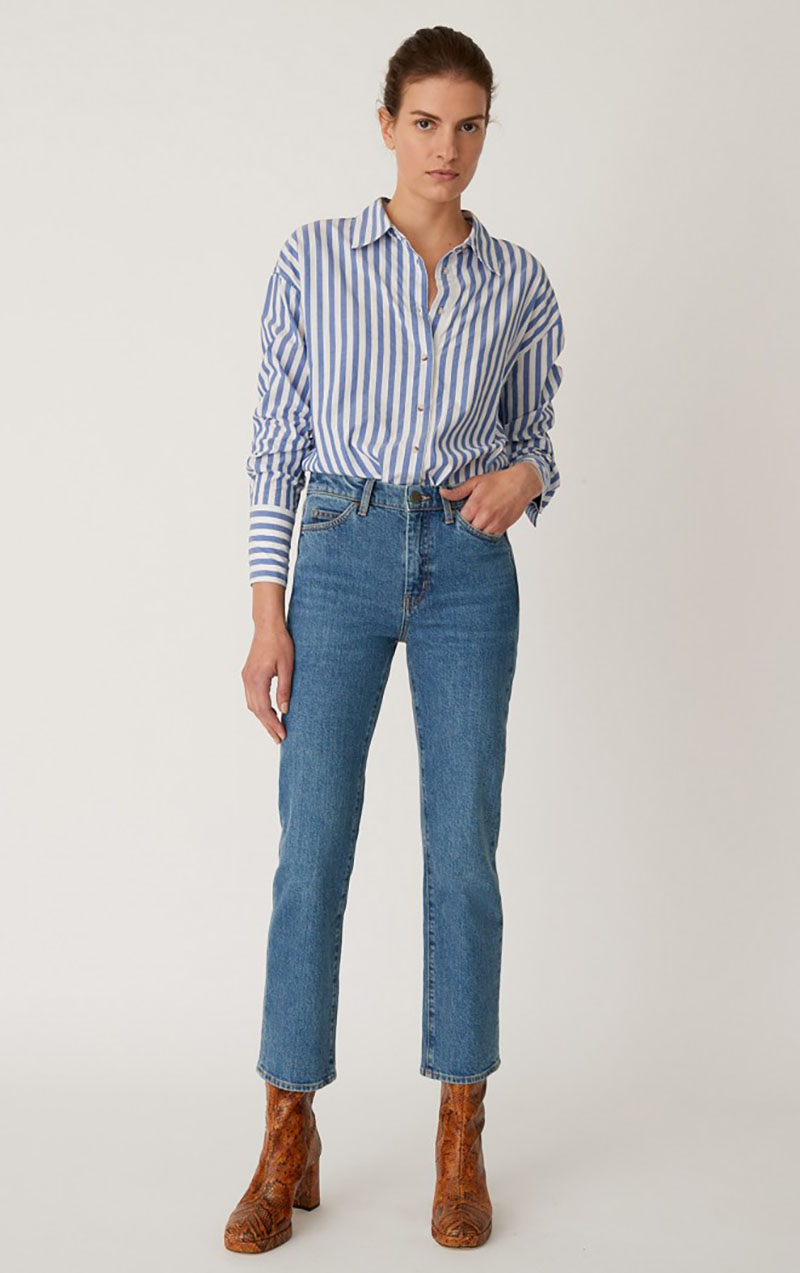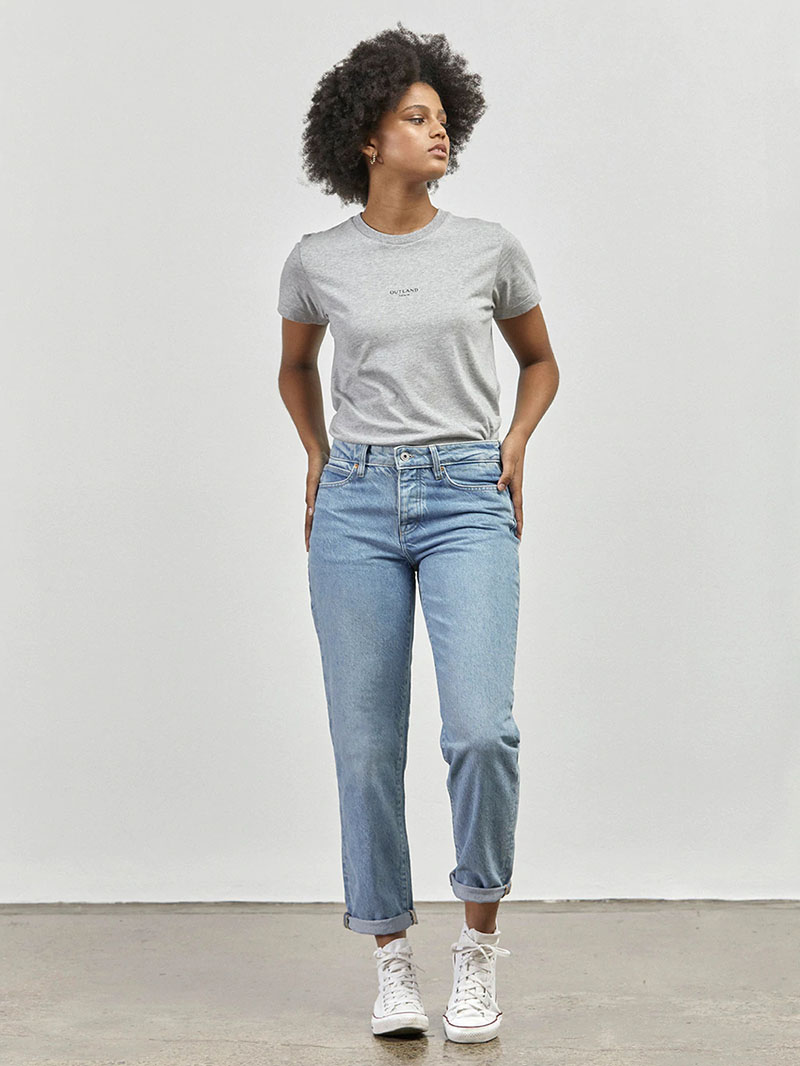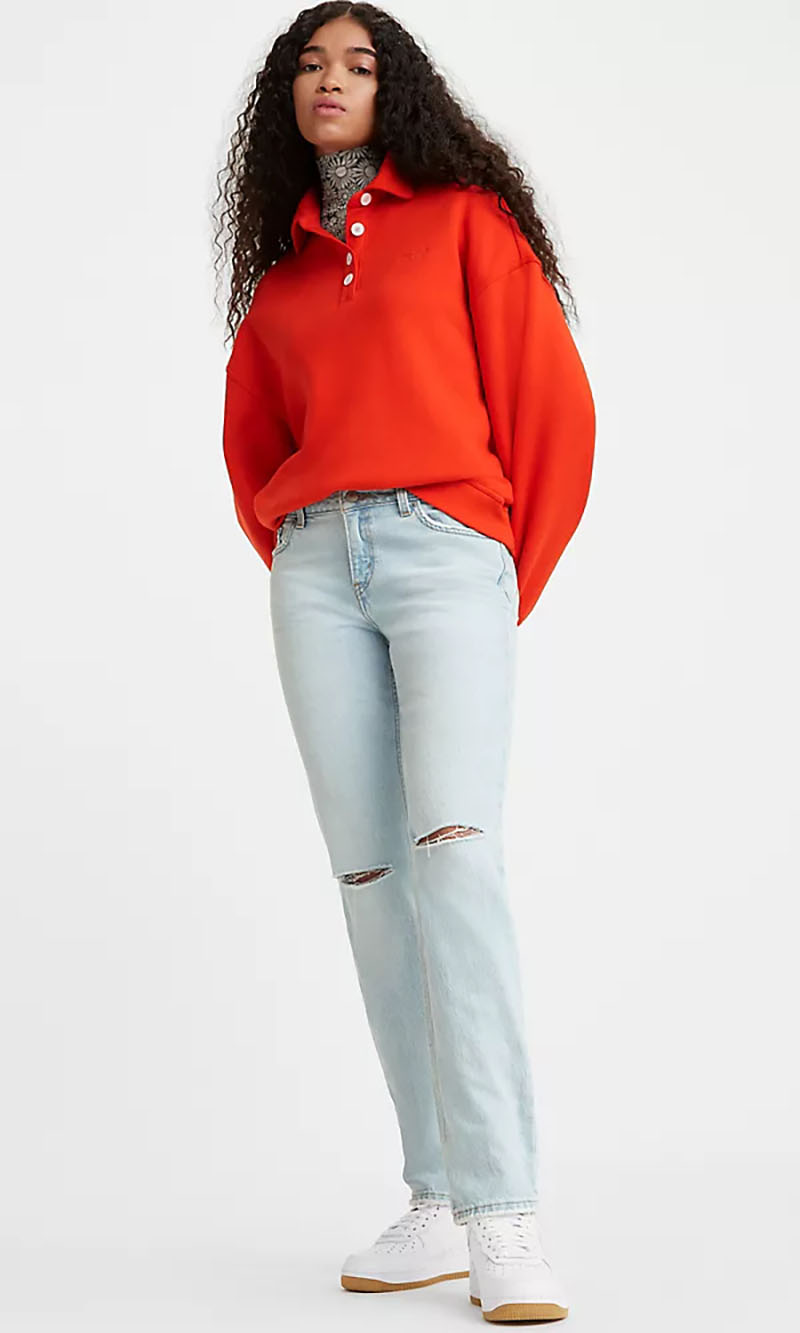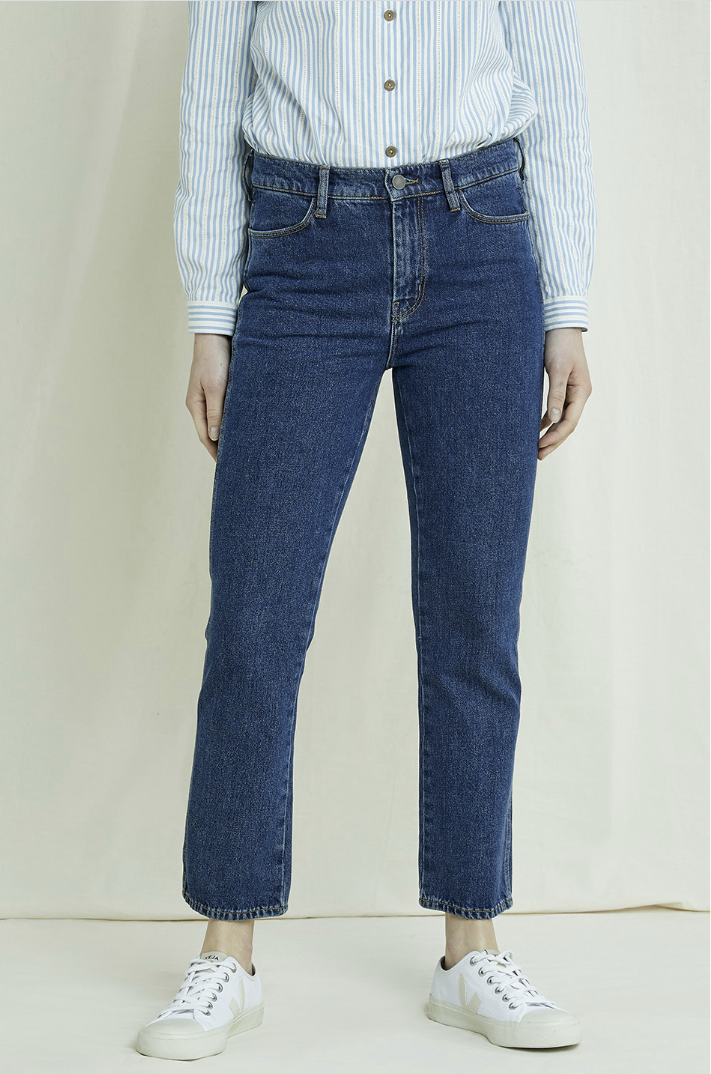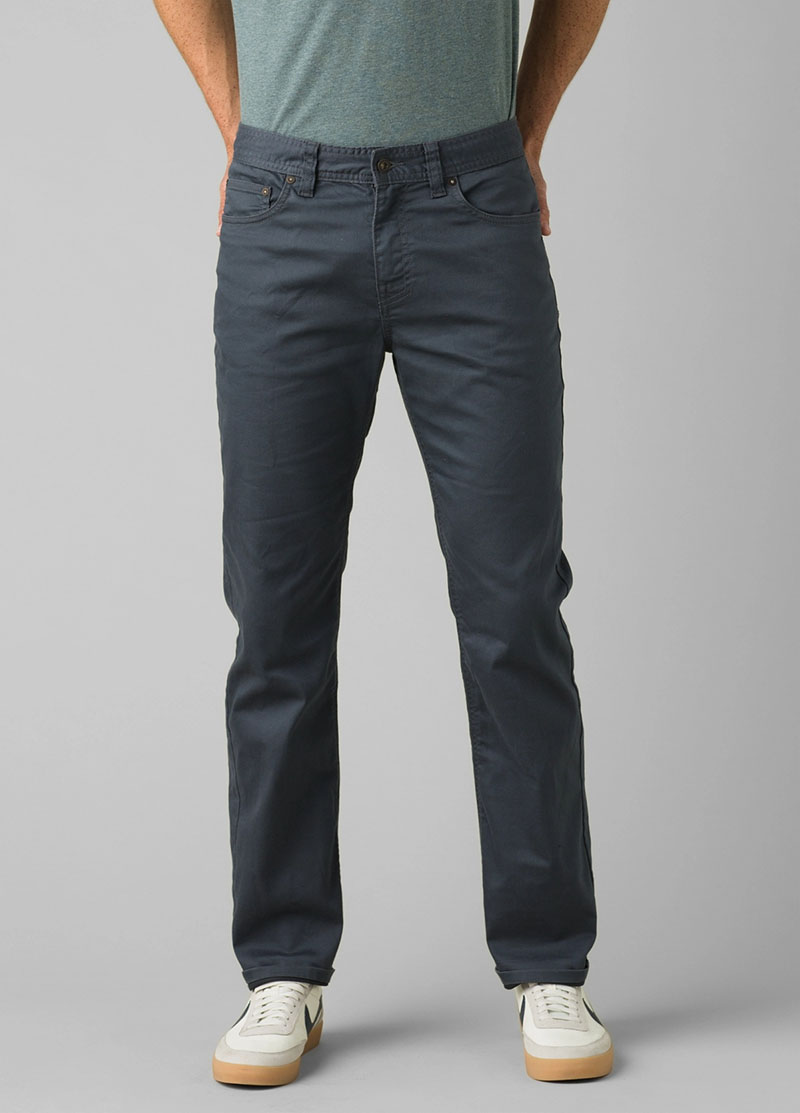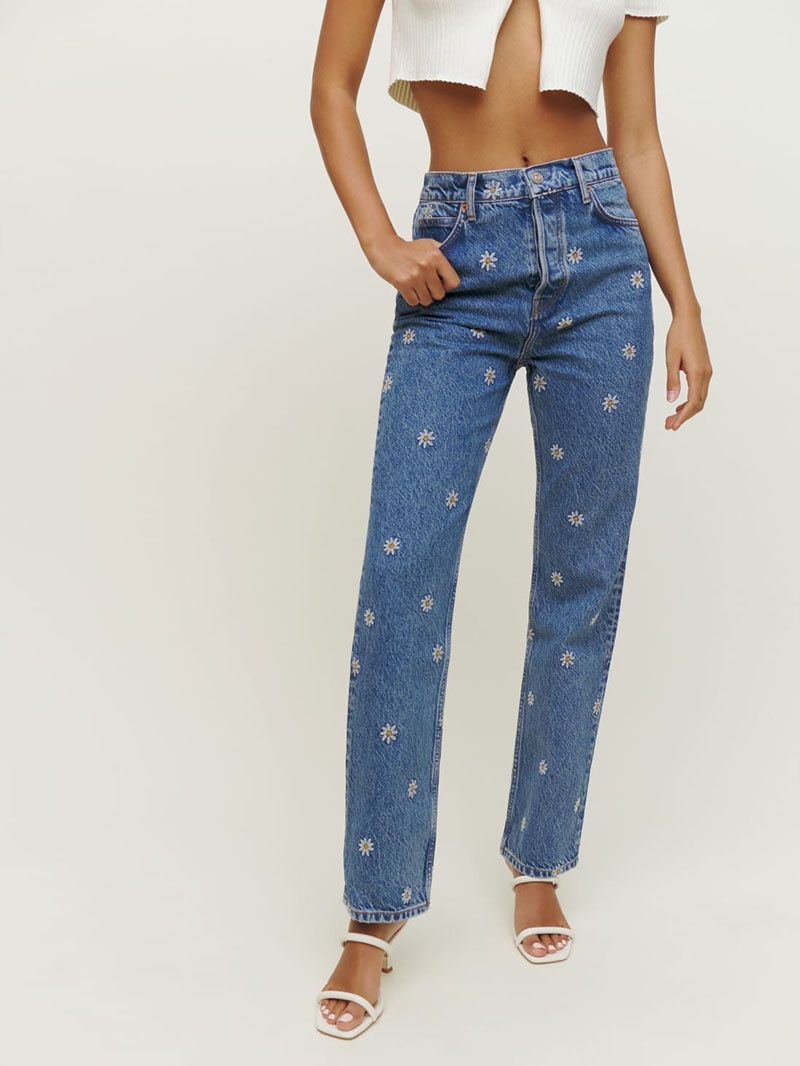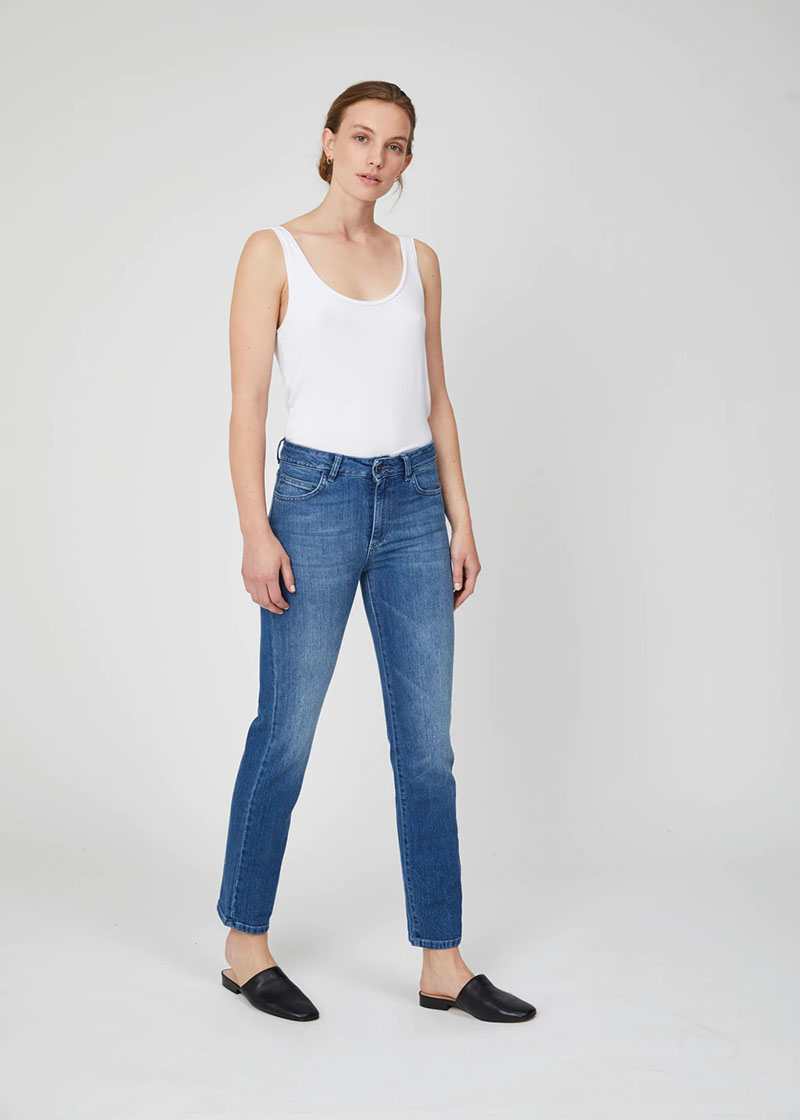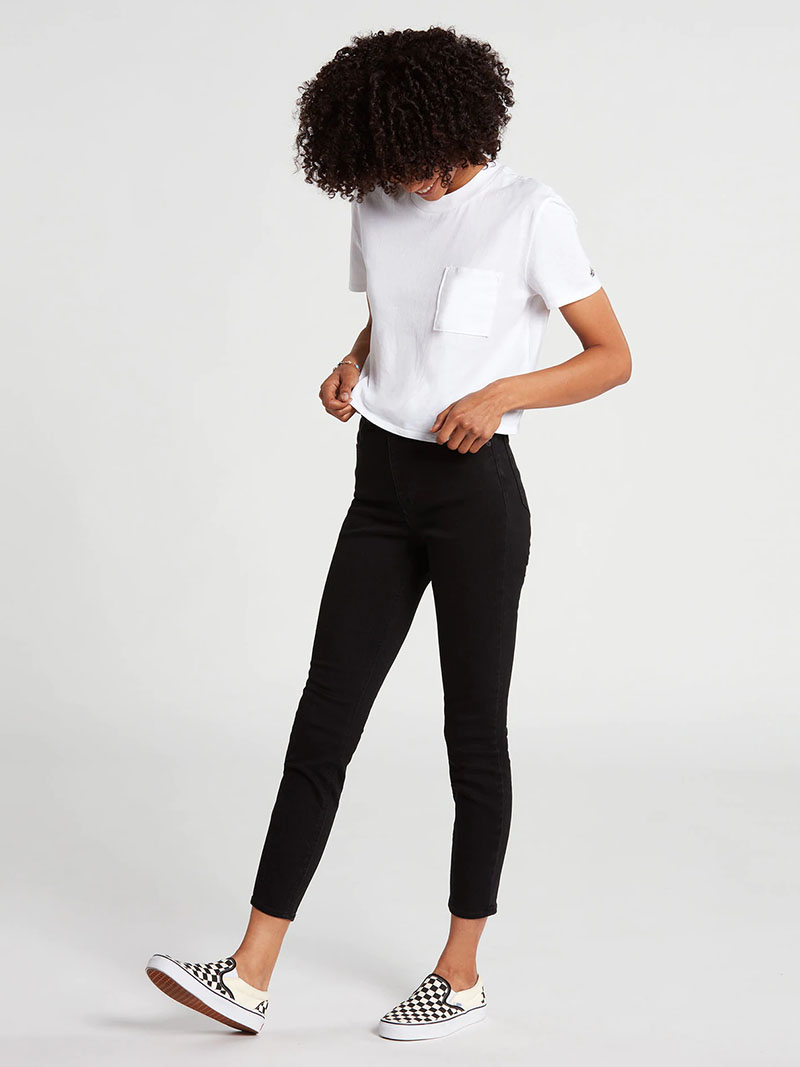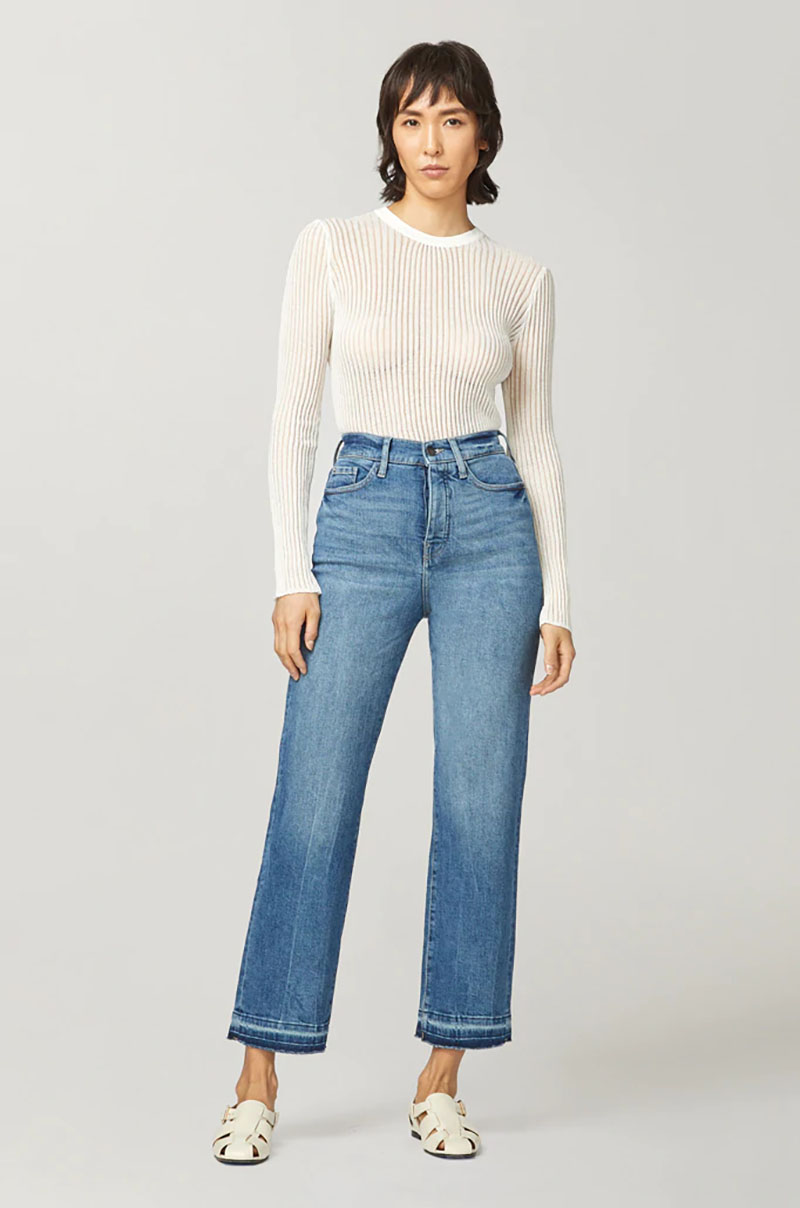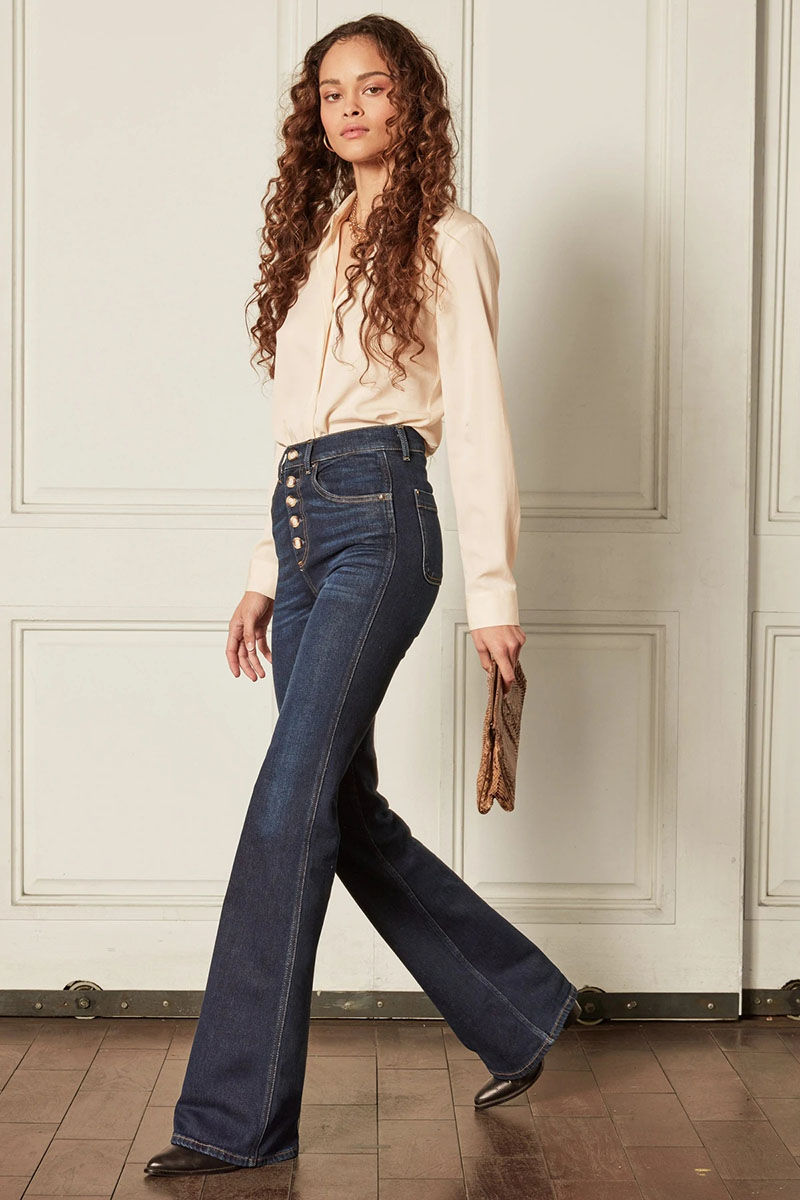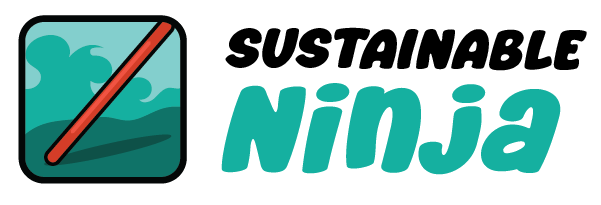Wool or polyester – which should you choose? Let’s check out the differences between these two popular fabrics.
Polyester fabric is a synthetic fabric that offers high durability and good breathability and moisture-wicking. Wool, such as merino wool, is warmer and more breathable, making wool clothing a superior choice in cold weather. Wool fabric is also softer and more comfortable than clothing made with polyester fibers, as well as being more sustainable – although it is also more expensive.
Need more info? Check out the full comparison table below, then read on for more information, including polyester vs wool for coats, suits, and carpets, as well as how the two materials compare on sustainability, cost, and other factors:
Wool vs Polyester Comparison Table
| Property | Wool | Polyester |
|---|---|---|
| Other Names | Merino, Cashmere, Tweed | PET (polyethylene terephthalate) |
| Made From | Wool is a natural fiber obtained from sheep, goats, rabbits, and other animals. | Polyester is a synthetic fabric made using petroleum products, although it is increasingly made from recycled plastic bottles. |
| Advantages | Comfortable and durable with good breathability and moisture wicking. An all-rounder. | Very high durability, with good breathability and moisture wicking makes polyester a very practical fabric. Can be mass produced at low cost. |
| Disadvantages | Can shrink when made too hot or wet. | Significant environmental concern. |
| Uses | Fashion, furnishings, and upholstery. | As a fabric, polyester is used widely in apparel and furnishings. Other uses include bottles and LCD displays. |
| Natural or Synthetic | Natural | Synthetic |
| Woven or Knitted | Either | Either |
| Thread Count | Up to 200 | 200-1,000 |
| Washing | Typically machine washable if you use the Delicates or Wool settings on your machine. Some may be hand wash only (always check the label first). Use gentle detergent. | Typically fine in the washing machine, but watch out for blends that need to be hand washed or washed in cooler water (always check the label first) |
| Drying | Some wool garments are safe for tumble drying. Check the label first. Often best to lay flat and air dry. | Normally fine in a tumble dryer with a low heat setting (check the label first) |
| Ironing | You can iron wool if you are very careful and use a cloth. Do not use too high a heat: overheating the wool will cause it to become shiny, extreme overheating will cause it to scorch. | Can be ironed, typically on warm settings. Turn it inside out and use a covering cloth and steam to reduce direct heat. Too much heat can melt the garment. |
| Wrinkle Resistance | Don’t tend to wrinkle | Don’t tend to wrinkle |
| Heat Retention | Good | Medium |
| Moisture Wicking | Good | Good |
| Breathability | Good | Good |
| Stretchability | Medium | Medium |
| Flammability (untreated) | Low | High (tends to melt rather than burn) |
| Water-Resistance (untreated) | Good | Medium |
| Color-Fastness | Good | Good |
| Strength | Medium | Very Good |
| Durability | Good | Excellent |
| Drape | Medium | Stiff |
| Softness | Good | Medium |
| Environmental Impact Score (A is best, E is worst) | Conventional Wool = D, Recycled Wool = A | Virgin Polyester = D, Chemically Recylced Polyester = B, Mechanically Recycled Polyester = A |
| Sustainability Issues | Wool is biodegradable, however significant land and resources is required to raise the sheep. There are also humane issues, and we recommend you look for brands that only use wool from humanely reared sheep. | Polyester is a plastic. It does not degrade and requires significant energy, chemicals, and waste to create. We recommend only using recycled polyester products. |
| Vegan | No | Yes |
Wool vs Polyester: Production Methods
Wool, such as merino wool, is made from the fiber that sheep (and other animals, including alpacas) naturally produce to keep them warm and dry. The process begins by shearing the woolen coat of the animal to remove the raw fibers. Next, the raw wool fibers go through a series of processes that include scouring (cleaning), sorting, combing, dyeing, and spinning before it becomes yarn. After this step is complete, the yarn can be knitted into wool fabric for use in items such as sweaters, socks, and blankets.
Polyester, or PET, is a man-made fiber that is created using materials derived from petroleum. The petroleum is heated and the gas produced is then broken down into ethylene, which is further reacted with chlorine to form polyethelyne terephthalate (PET). The PET is drawn through small holes to form very thin polyester fibers. These fibers are then spun into yarns for creating polyester clothing or chopped up for use in applications like carpeting.
Polyester vs Wool: Uses
Polyester is used in a wide range of applications including, clothing such as pants, shirts, dresses, and skirts. Other uses include food containers, medicine bottles, carpets & rugs (often as a nylon blend), and even shoes. It is chosen for many of these applications for its combination of high durability, ease of cleaning, and low cost.
Wool fabric has been used in clothing for thousands of years. Its durability, good heat retention, and decent breathability have made it a popular choice for making socks, sweaters, pants, hats, and many other items. It is also used extensively in carpets, blankets, upholstery, and rugs.
Merino Wool Clothing vs Polyester Clothing
Both merino wool and polyester are popular choices for clothing:
Merino wool is a popular fabric because its natural fibers make comfortable garments. It’s also more breathable than polyester and has antimicrobial properties to provide better odor control. Merino wool fabric has better heat retention than polyester, but it’s close – the overall warmth of any garment will be affected more by its thickness than which material it is made from.
The advantage of choosing polyester is that it is significantly more durable than wool. Not only are polyester clothes likely to last longer, but the durability means they can be made thinner, which means you may find it more comfortable to wear polyester clothing in the summer. Polyester fabric is, of course, also cheaper than wool – although this comes at a cost as producing the raw material is significantly less sustainable (see below).
Wool vs Polyester Suits
Wool is generally considered to be the superior material for suits. High-quality wool suits are beautiful, durable, brilliant in color, and resistant to creasing. A wool suit will have a better drape than a polyester suit, which means it will be more flattering, and it will breathe better, which means you’ll stay cooler for longer.
Polyester, in comparison, is associated with cheaper suits. Polyester fabrics offer some advantages over wool fabrics: they don’t wrinkle easily, do not shed fibers as wool does, are machine-washable, and offer a more comprehensive selection of colors. Polyester garments are also much cheaper than wool clothing. However, polyester does not breathe as well as wool, tends to look shiny, and can feel cold and uncomfortable against the skin.
There are also suits available that are made from a wool polyester blend. These add durability compared to a 100% wool suit, but at the cost of looking more like a polyester suit. We recommend 100% wool – it’s a better suit, and it’s better for the environment.
Polyester vs Wool Coat
Wool is a great material for winter coats because it retains heat very well. Wool coats tend to be thick, heavy, and warm and are best suited for cold but dry conditions. A 100% polyester coat will be water-resistant but will not retain heat well, making it less suitable for a winter coat. The lack of breathability can also make polyester coats uncomfortable, leaving you feeling sweaty if you exert yourself.
Wool vs Polyester Carpets & Rugs
Both wool and polyester are popular choices for carpets and rugs.
Wool looks and feels great, has incredible durability, can be made without harsh chemicals, and acts as a natural dehumidifier by soaking up moisture without feeling damp. However, it’s more expensive, more susceptible to permanent stains, and may need treating to protect it from moths.
On the other hand, polyester doesn’t feel or look quite as nice, but it is more stain-resistant and resists fading better. Polyester, despite being one of the most durable fabrics, is less durable for carpets and rugs than wool and may wear and become matted in areas you use a lot.
Wool vs Polyester: Sustainability & Environmental Impact
Wool is a natural fabric, but that doesn’t mean it’s entirely environmentally friendly. The environmental impact of the wool industry is considerable; not only is significant amounts of land used up for grazing, but sheep (like cows) contribute a surprisingly high volume of methane gas into the atmosphere, contributing to global warming.
Additionally, the public is increasingly becoming aware that wool farming can be an animal welfare issue. Campaigns by organizations such as PETA have revealed that sheep are often mistreated while being sheared. High competition means farmers who produce wool must keep costs down, which can see a reduction in the sheep’s quality of life.
Polyester, on the other hand, is made from fossil fuels, making it terrible for the environment. Additionally, its lower absorption rates for water mean it requires more water and energy to wash during its lifetime than wool.
Our recommendation for both wool and polyester is that you stick to fabrics that have been recycled. Polyester, in particular, is now often recycled, and consumers can find clothing made from recycled bottles and other items on the market. If you do buy wool new, we recommend purchasing ethically sourced wool.
Wool vs Polyester: Cost
The land and effort required to raise sheep mean that wool costs significantly more to produce than many other fibers, including polyester. Expect to pay a premium for merino clothing and other types of wool. Items such as polyester fleece, in contrast, tend to be relatively inexpensive.
Wool Polyester Blends
Like other natural fabrics, merino wool fibers are often blended with other fibers to combine the properties. The main advantages of polyester wool blends are that they are cheaper; the addition of the less expensive fabric – in this case, polyester – lowers the overall cost of the garment while retaining properties of the more expensive fabric. Wool polyester blends are also more durable, will hold color better, and be easier to care for. However, they don’t look quite as good as clothing made from 100% merino wool.
Conclusion – Is Wool or Polyester Best?
Wool beats polyester in most areas. Wool has better heat retention, moisture-wicking, and breathability than polyester, making it a better and more comfortable fabric. Where polyester does excel is in ease of care and cost of production, and it is also a more durable fabric. Both wool and polyester score poorly on sustainability, and we recommend looking for recycled options for both.
Frequently Asked Questions
How can you tell if a fabric is wool fiber or polyester fiber?
Wool has a distinct smell that makes it easy to distinguish from polyester fibers and other synthetics. If you can’t tell by the smell, a burn test on a few strands may be helpful. Wool is hard to burn (it shouldn’t properly light on fire) and will give off a distinctive smell. Polyester and other synthetics will melt into a black ball.
Is polyester or wool warmer?
Wool is typically warmer than polyester fleece and is considered one of the best fabrics for keeping you warm. Polyester can also keep you warm effectively, but because it isn’t as breathable, there’s a risk you’ll feel warm and sweaty rather than warm and comfortable, as you would with merino wool clothing.
Does polyester or wool dry faster?
Polyester will dry faster than wool. This is because natural fabrics, like wool, absorb more water which then takes longer to evaporate; polyester absorbs very little water. Thinner wool pieces will dry a little slower than polyester equivalents, but some wool garments are very thick, and these can take a long time to dry.
Is polyester or wool lighter?
Polyester is a lighter fabric than wool. Polyester fabrics are considered lightweight, at about 60 grams per square meter (GSM), while wool fabrics are considered heavyweight, with weights exceeding 350 GSM. Some some wool varieties weigh as high as 600 GSM.
